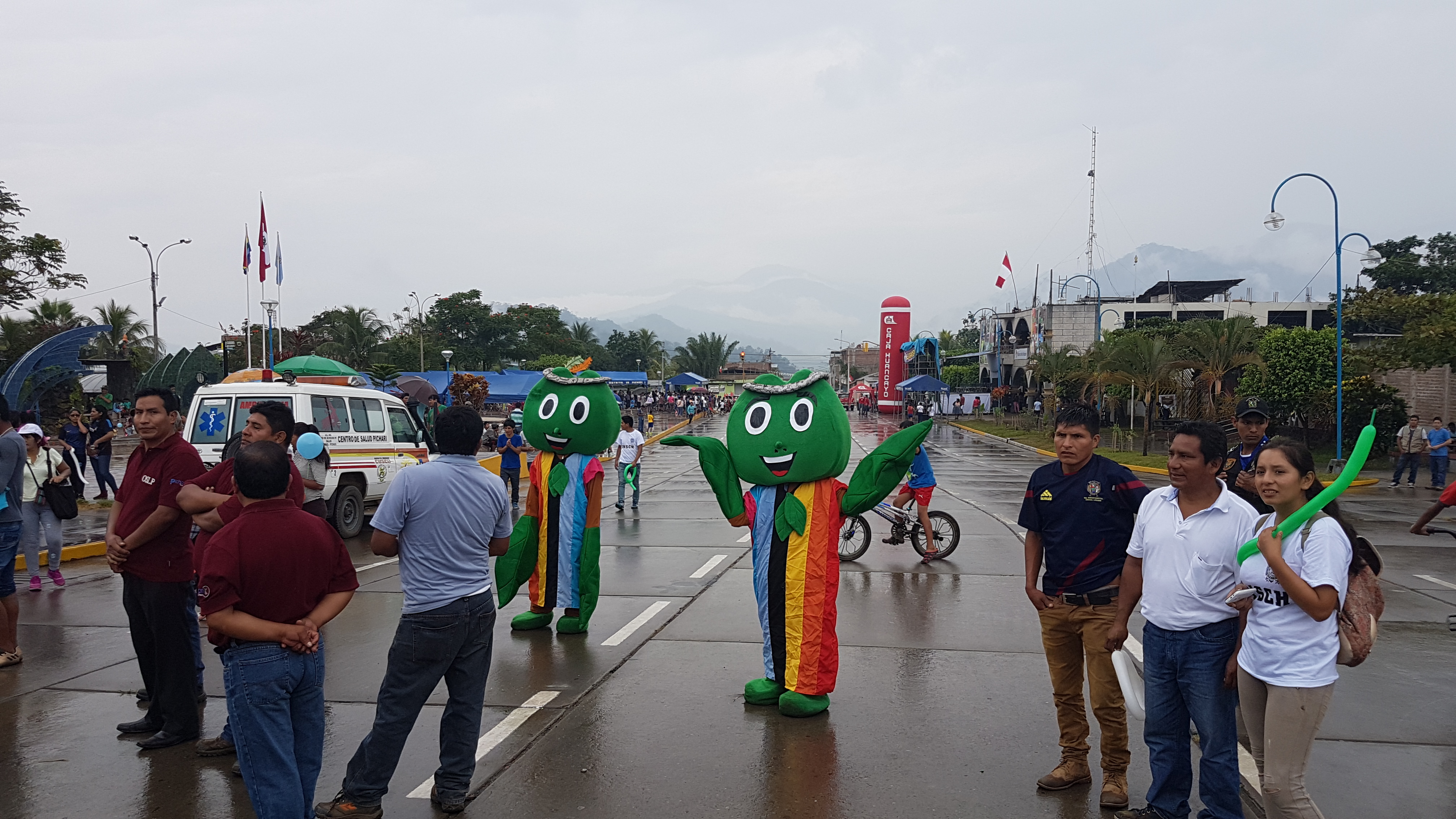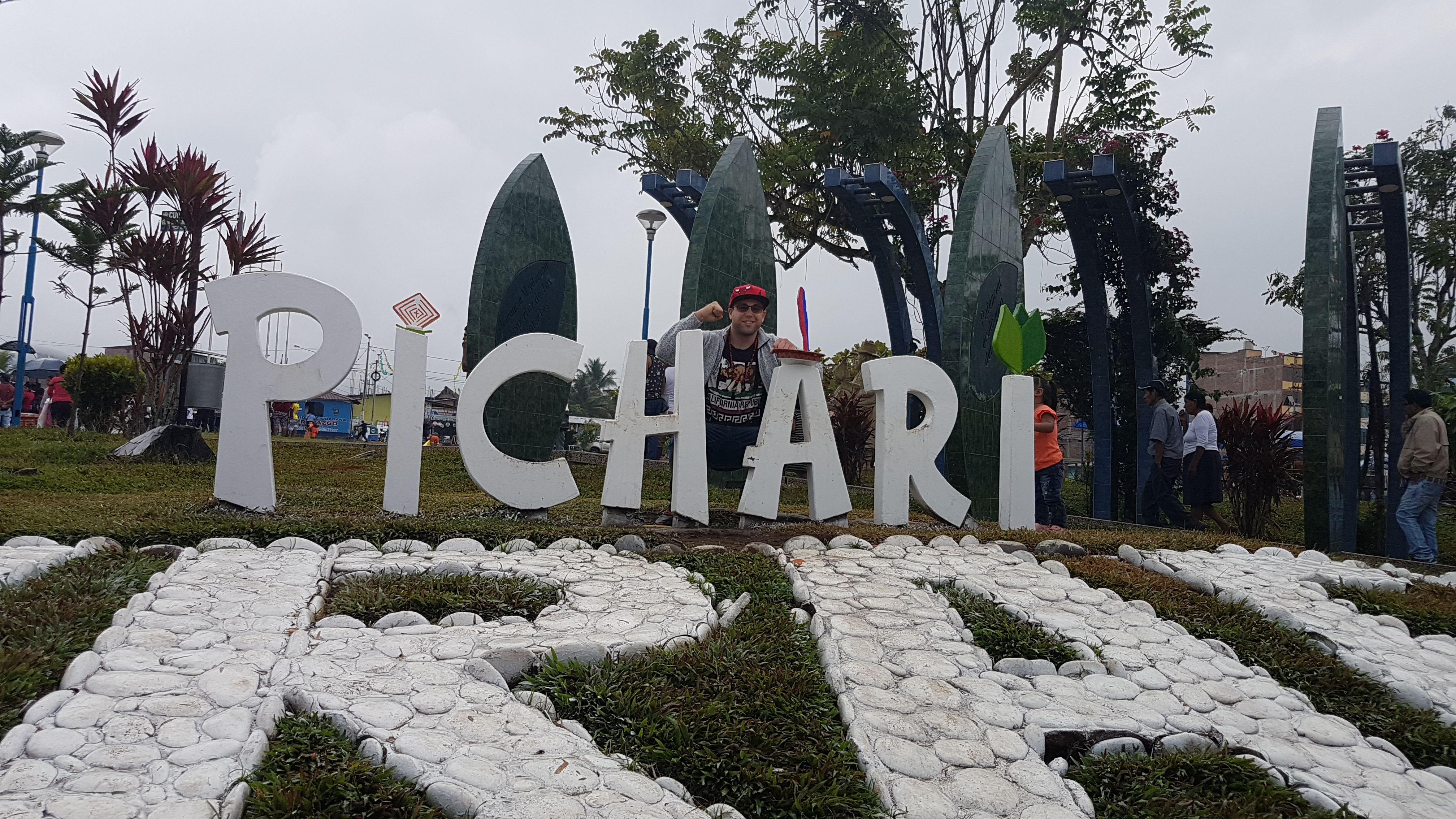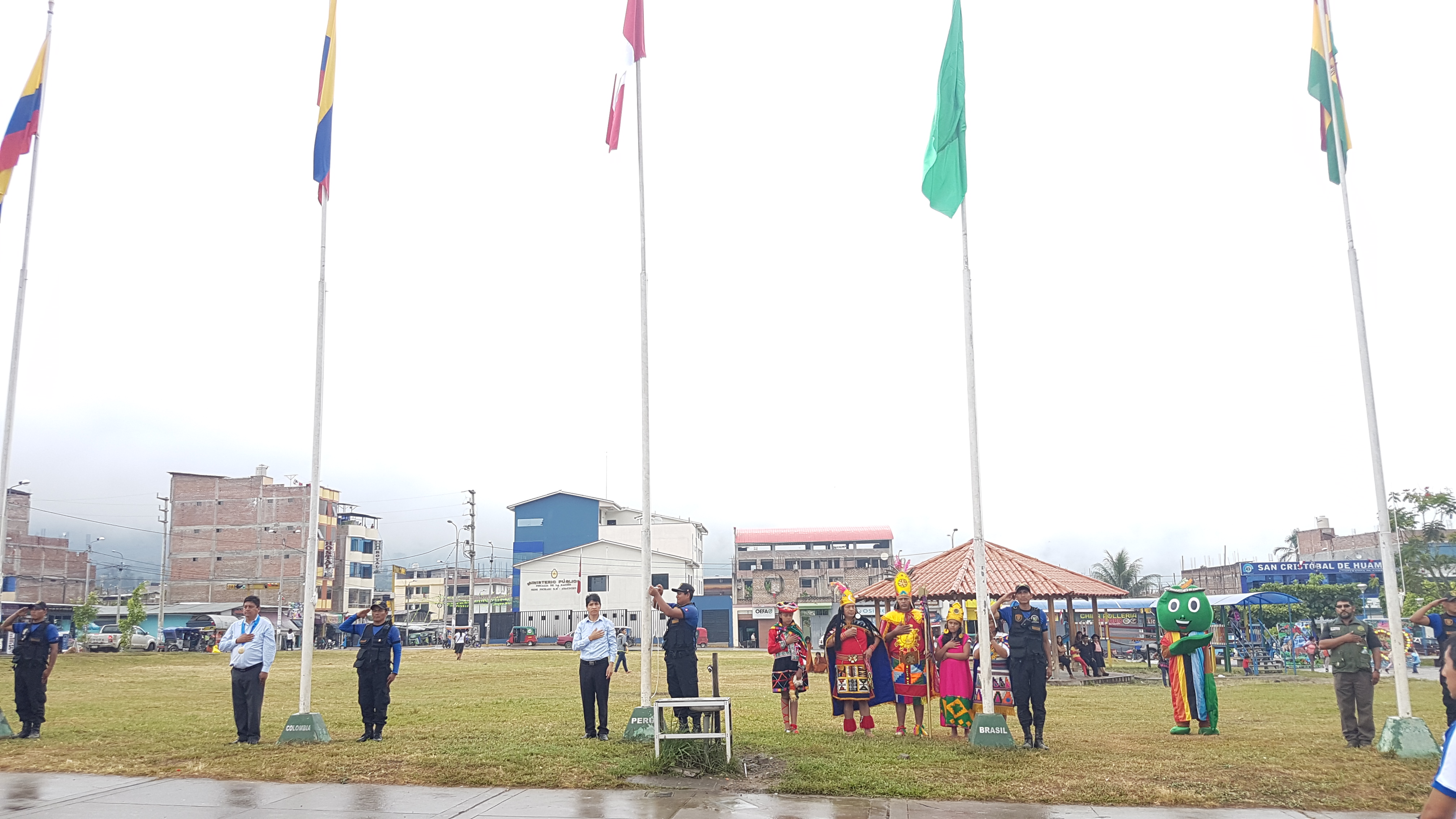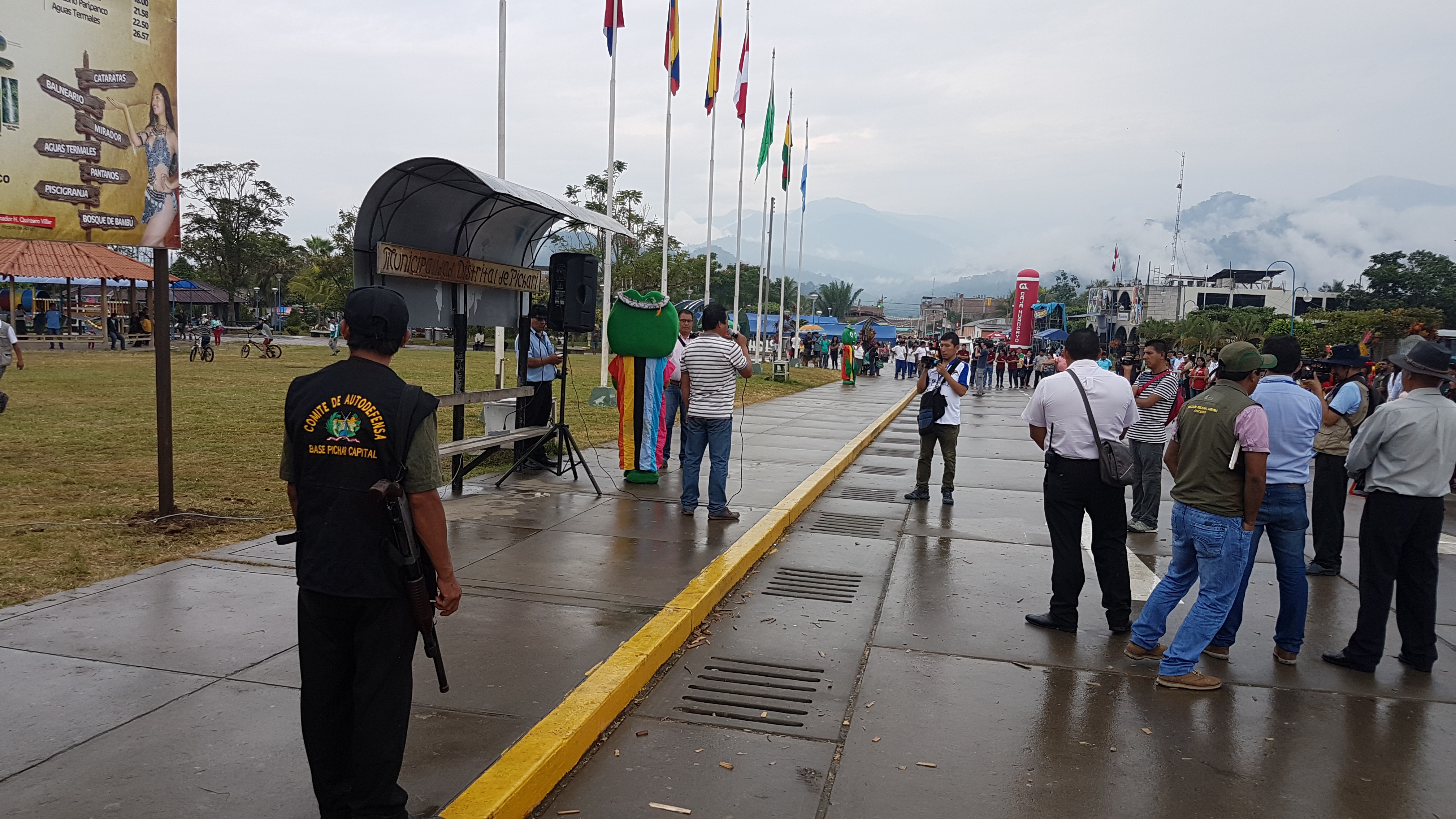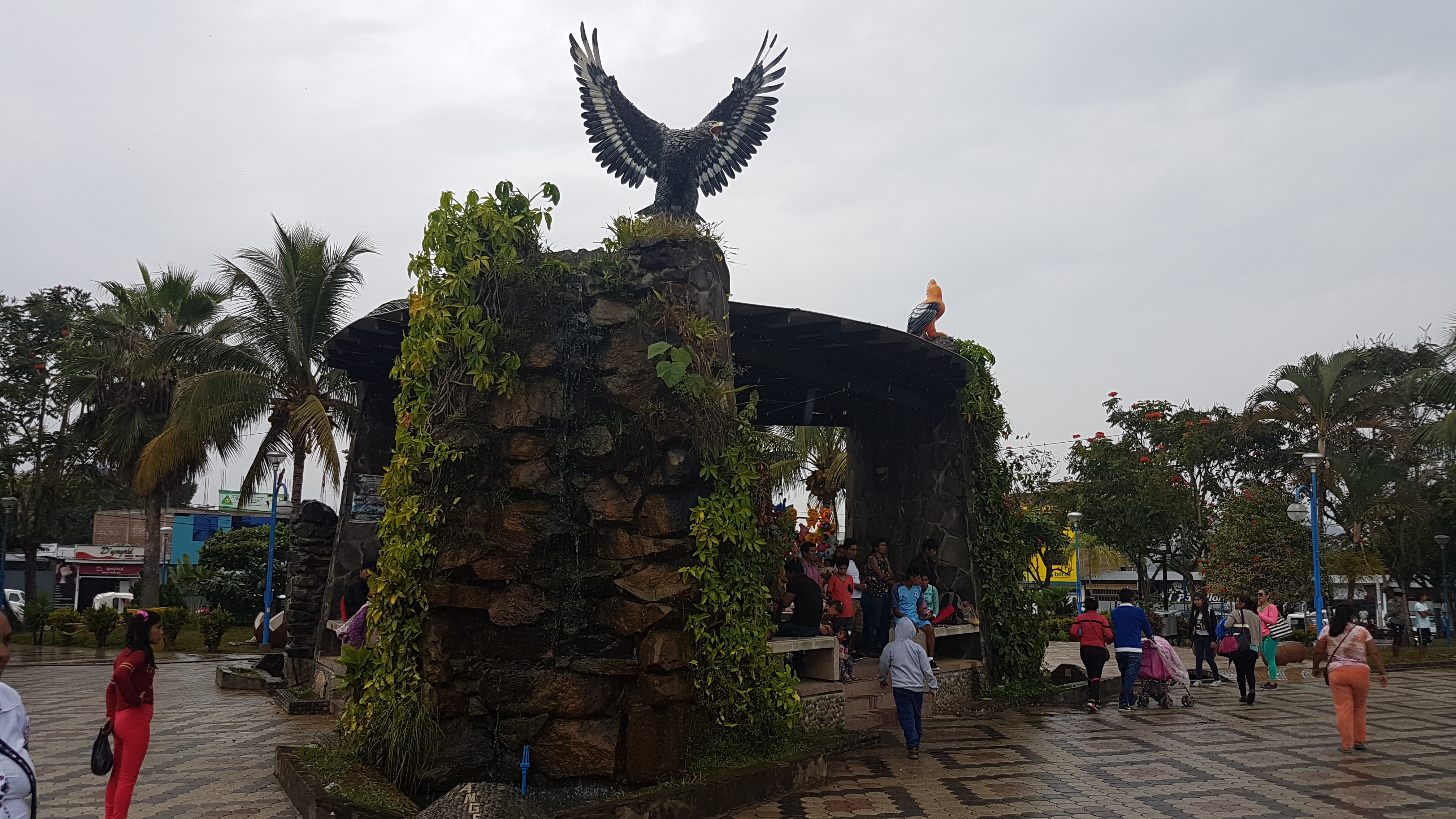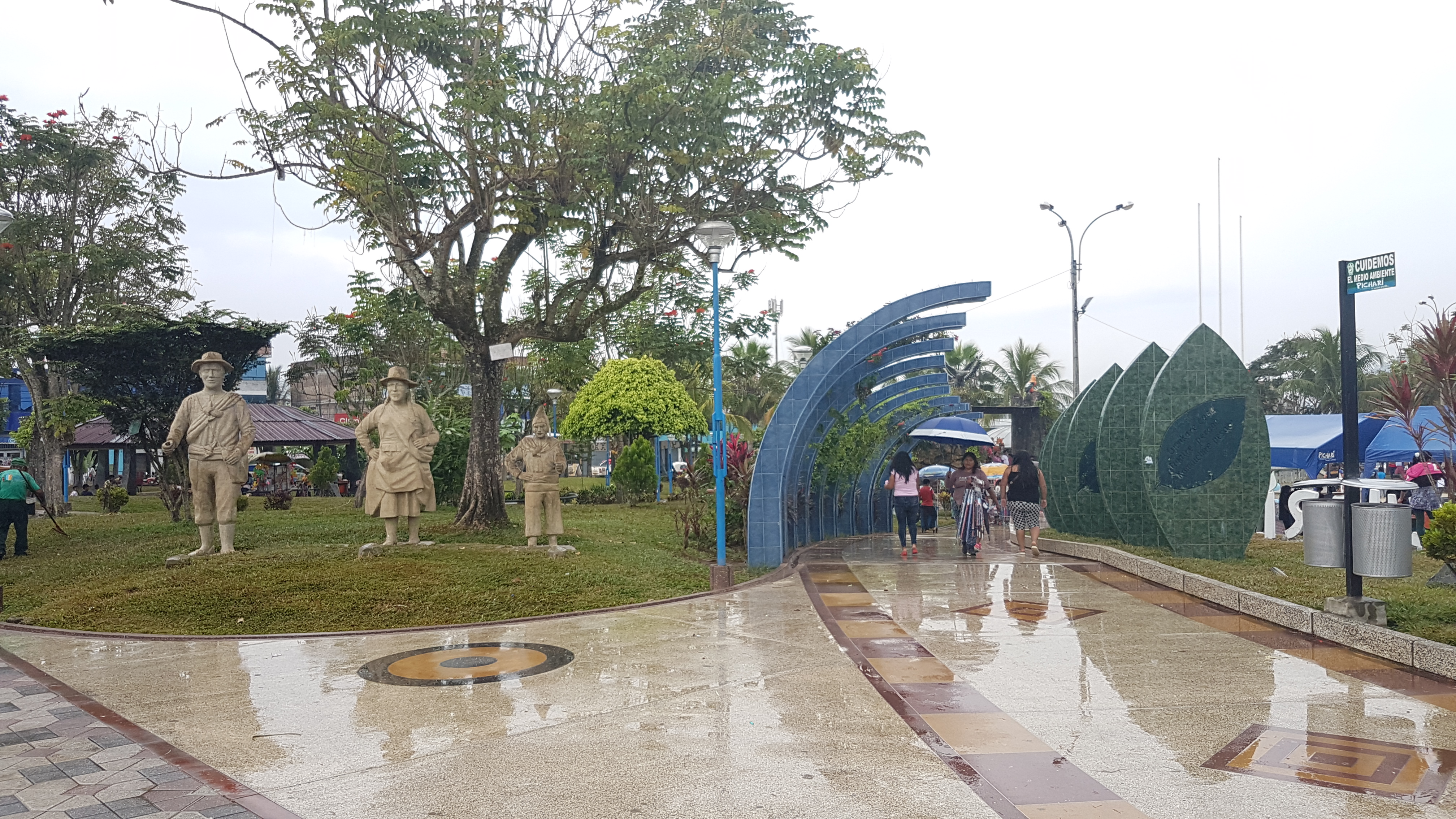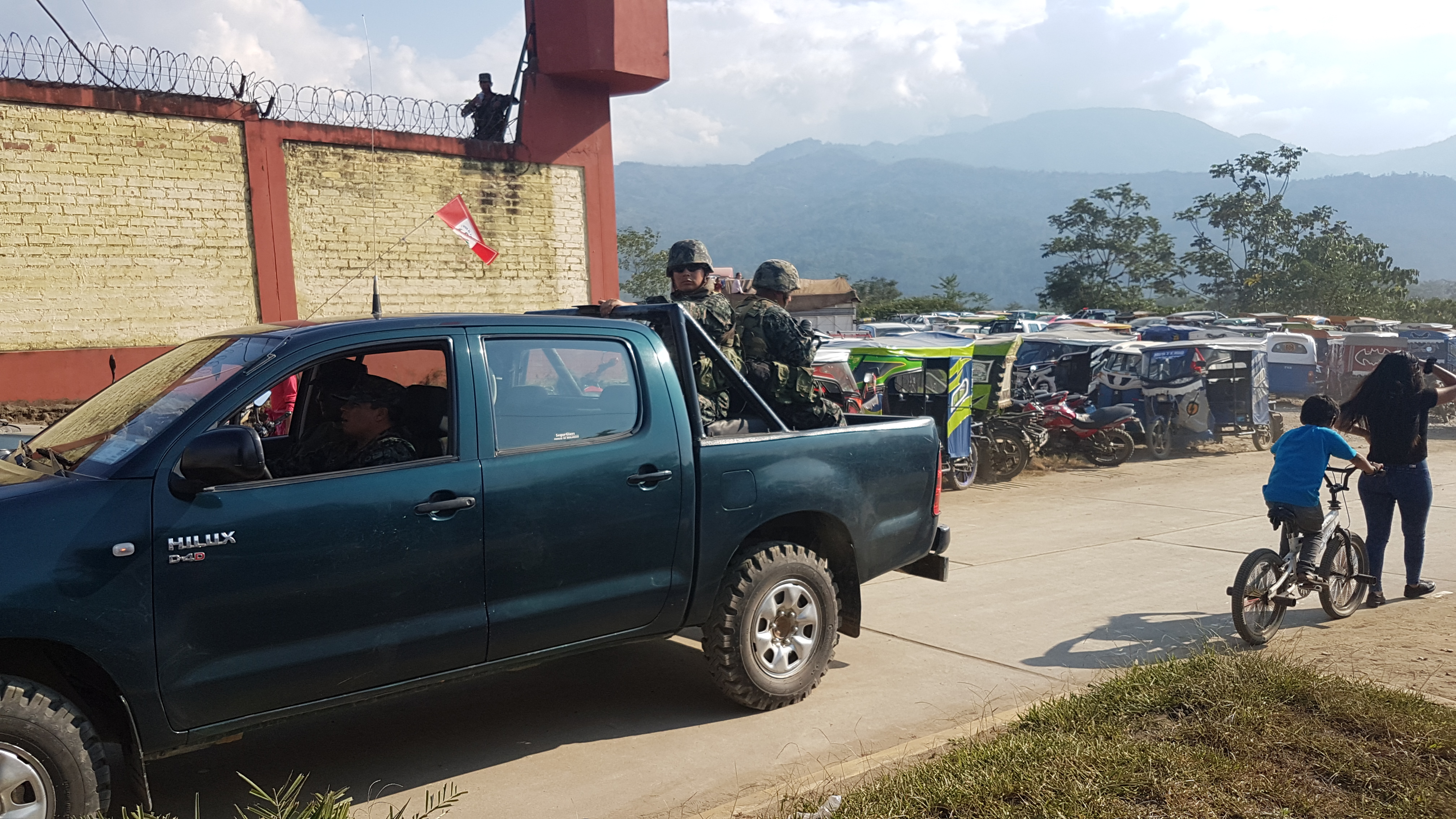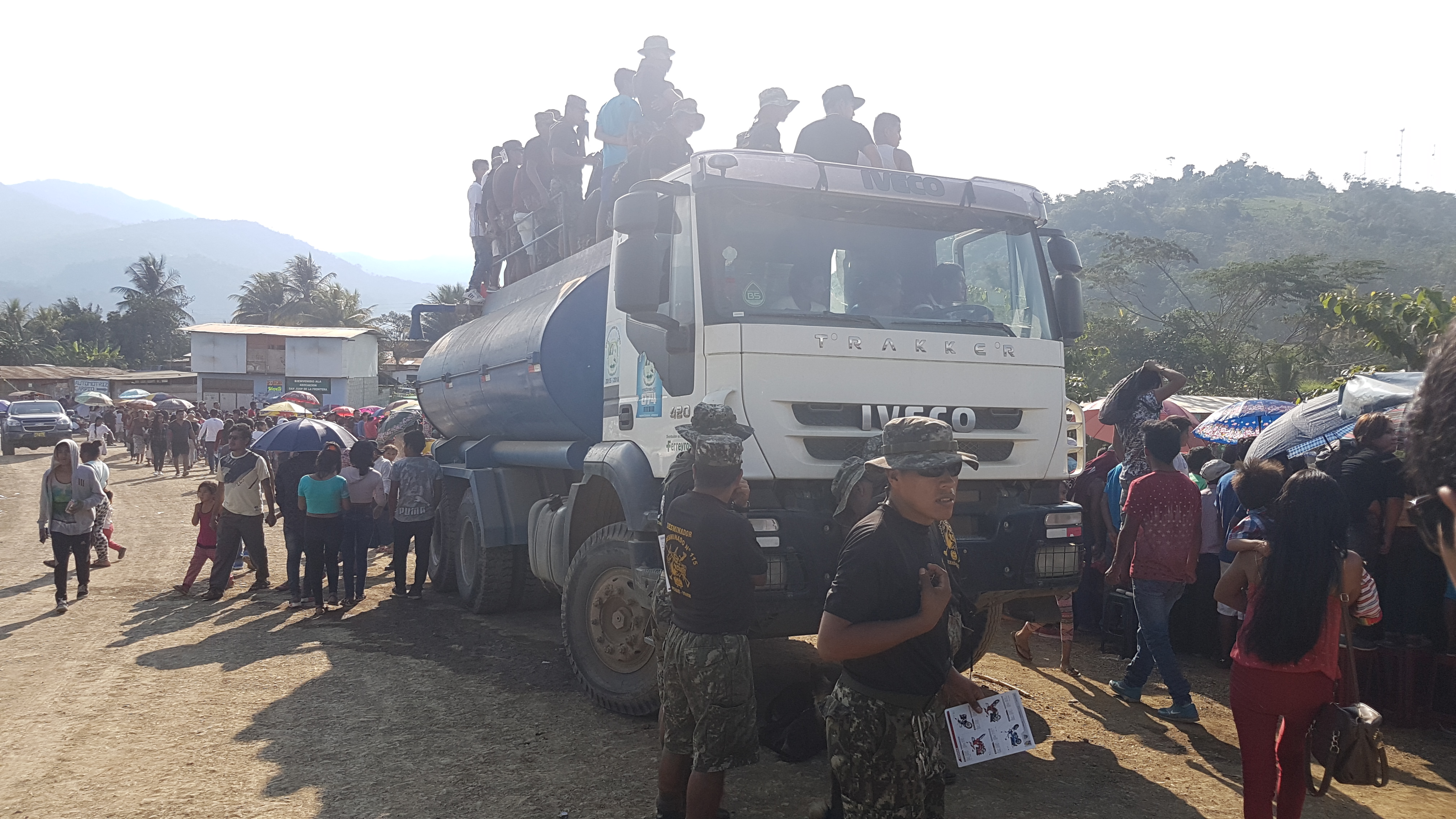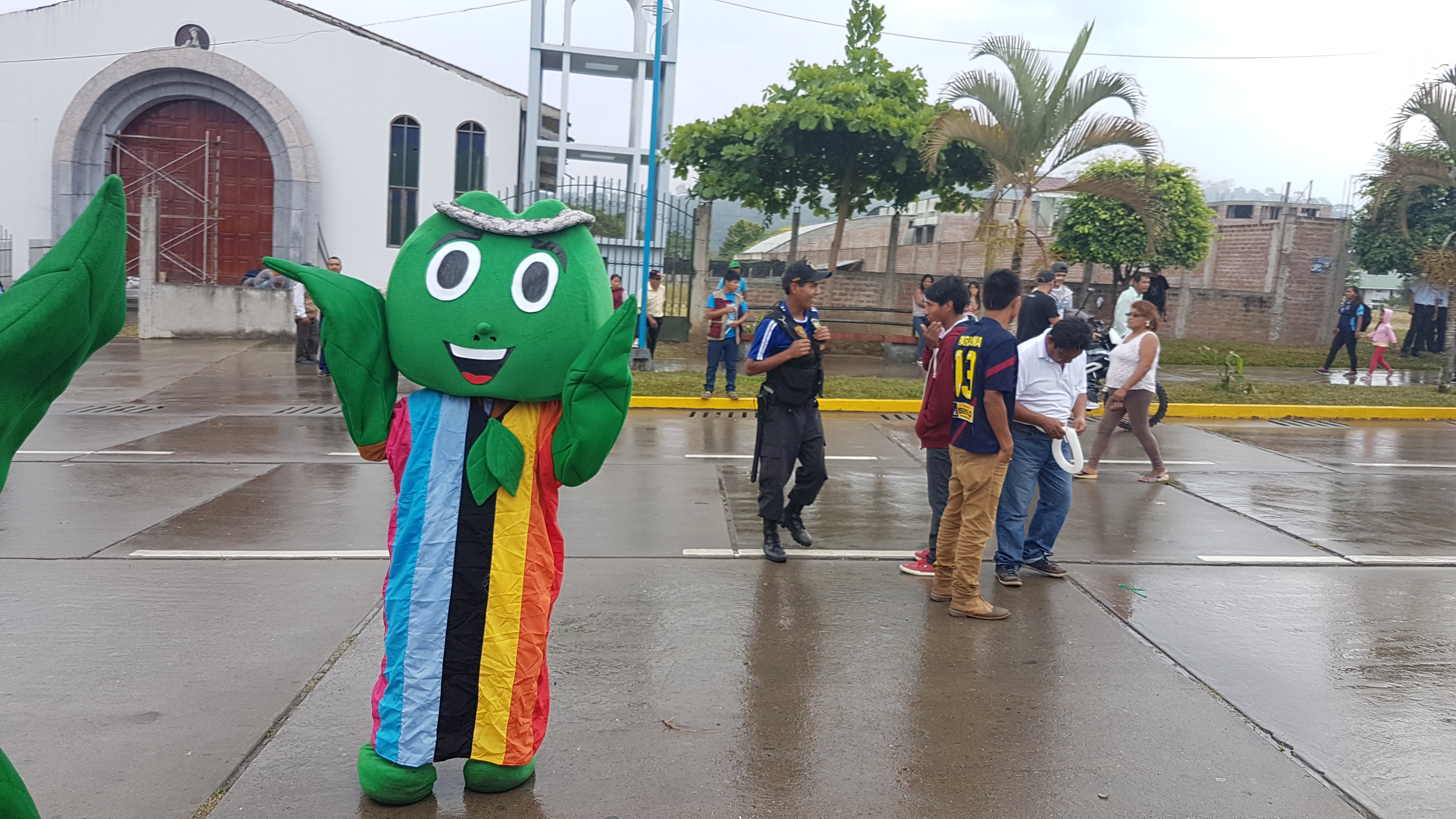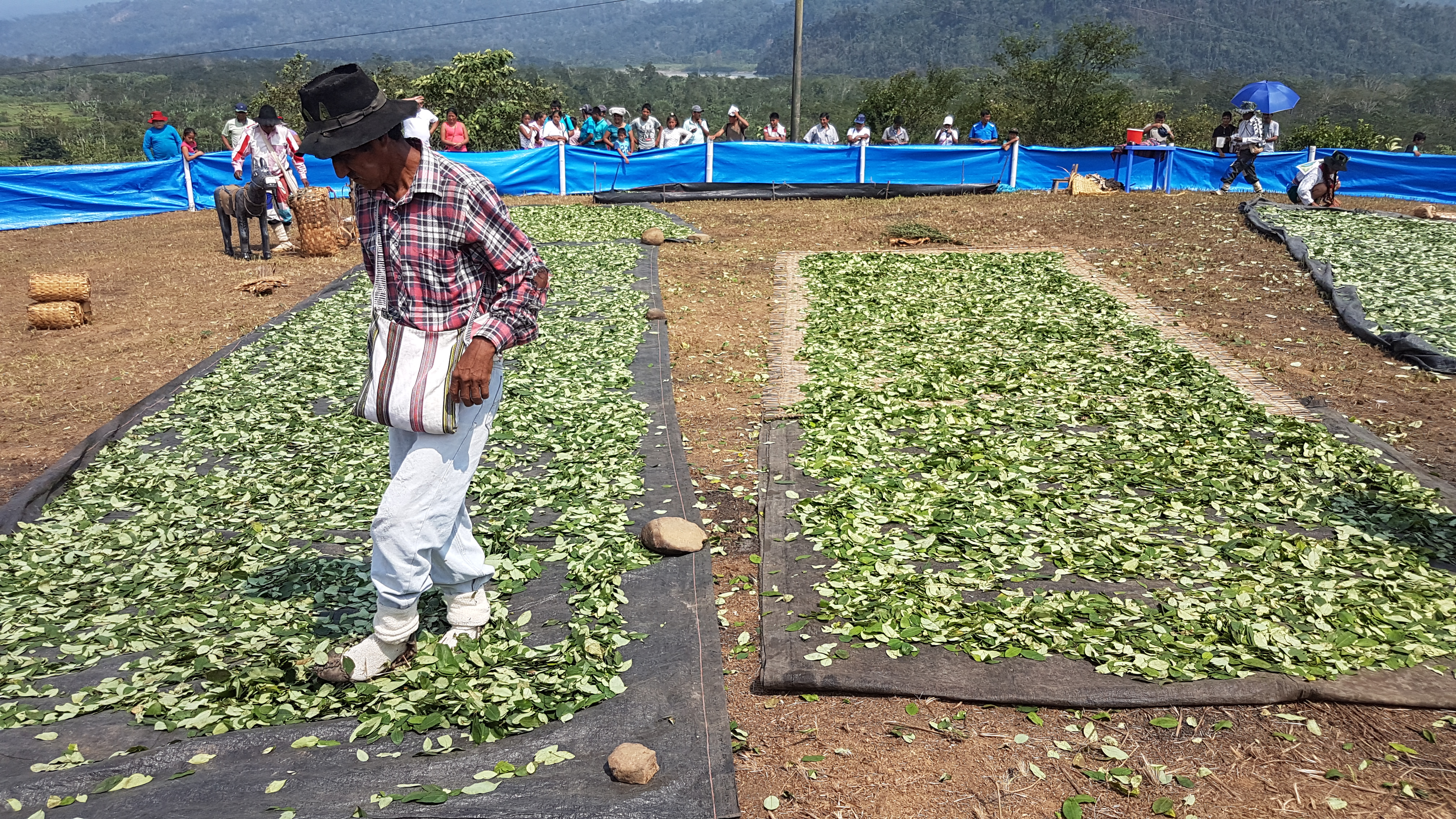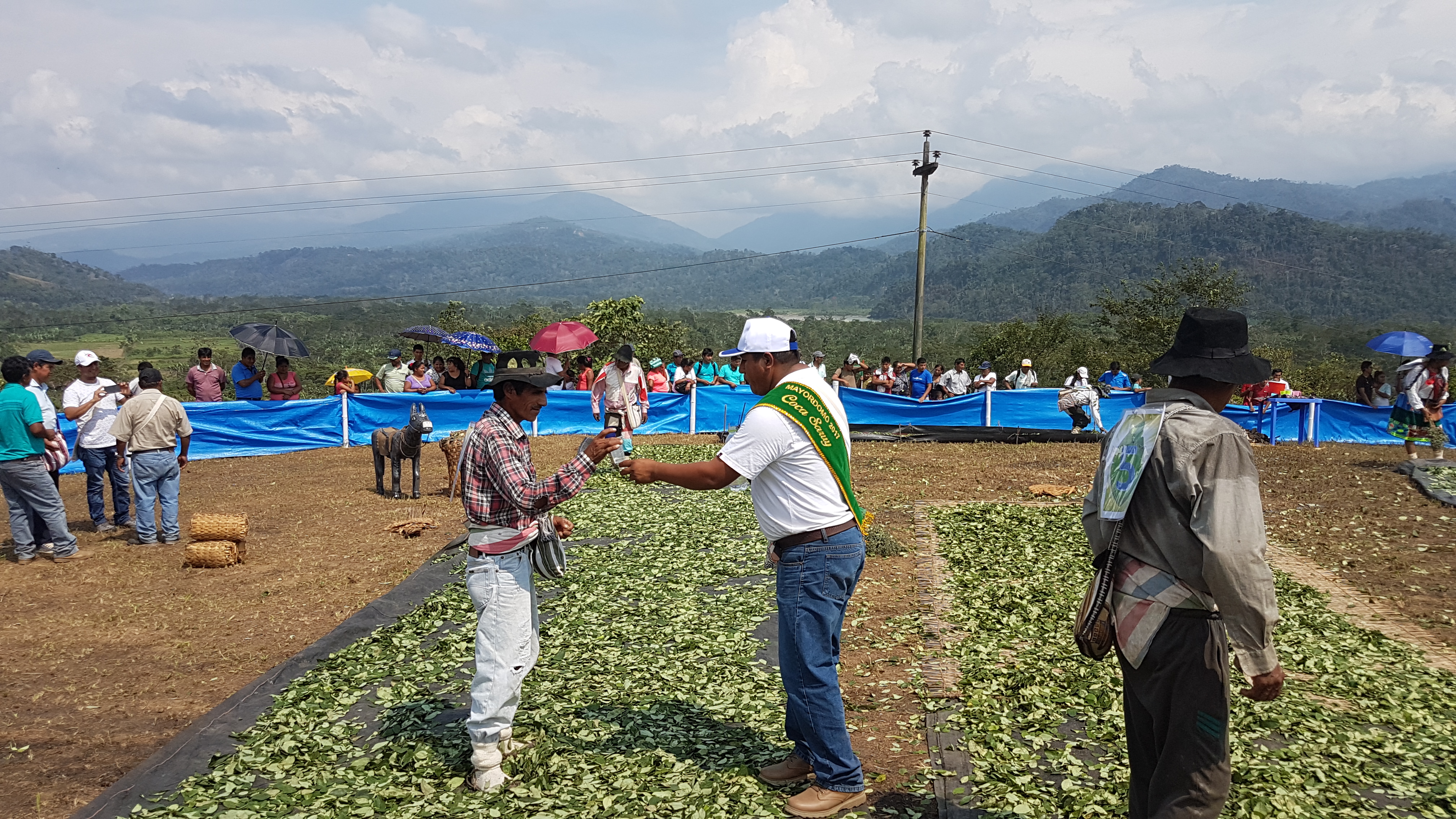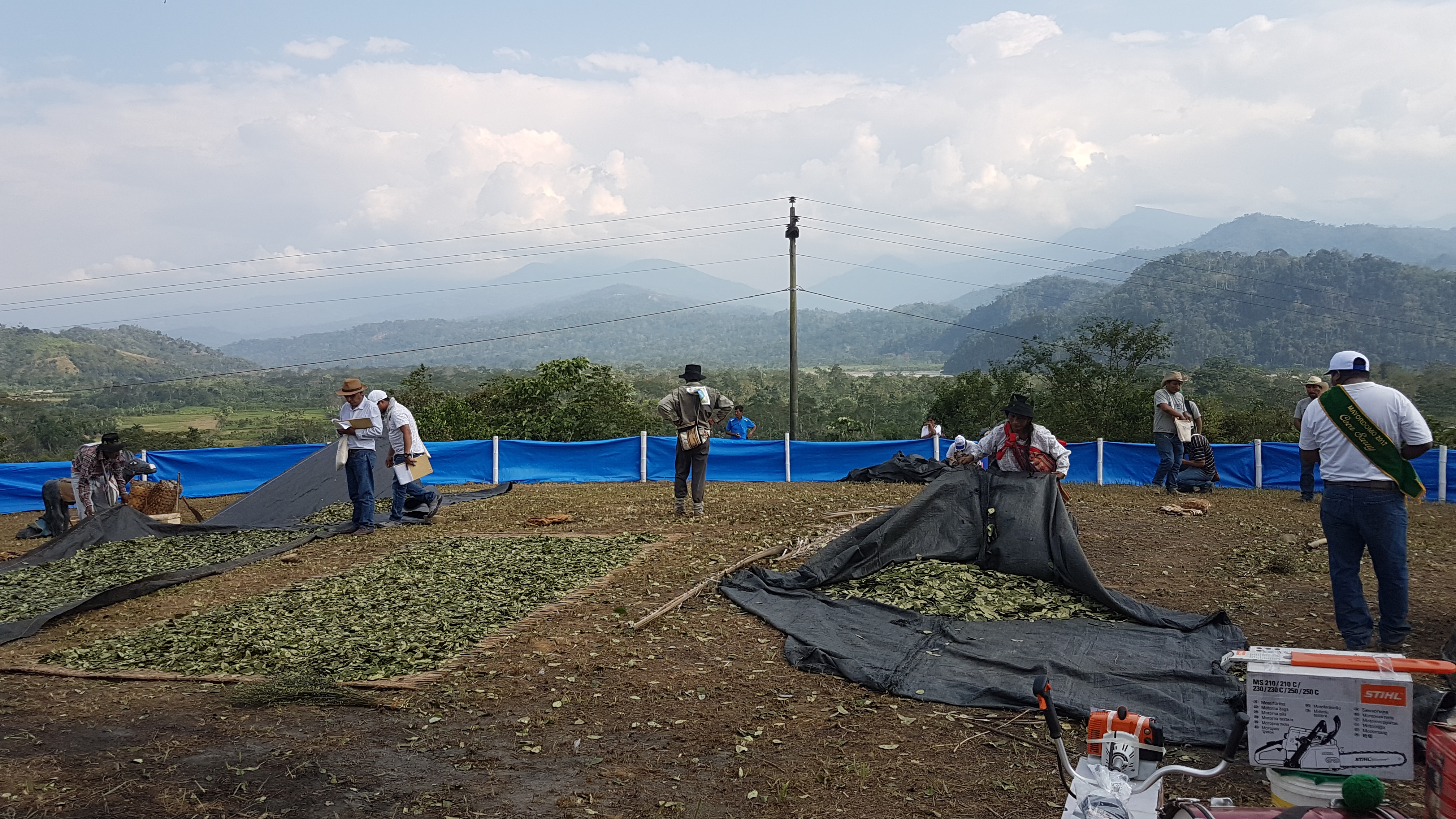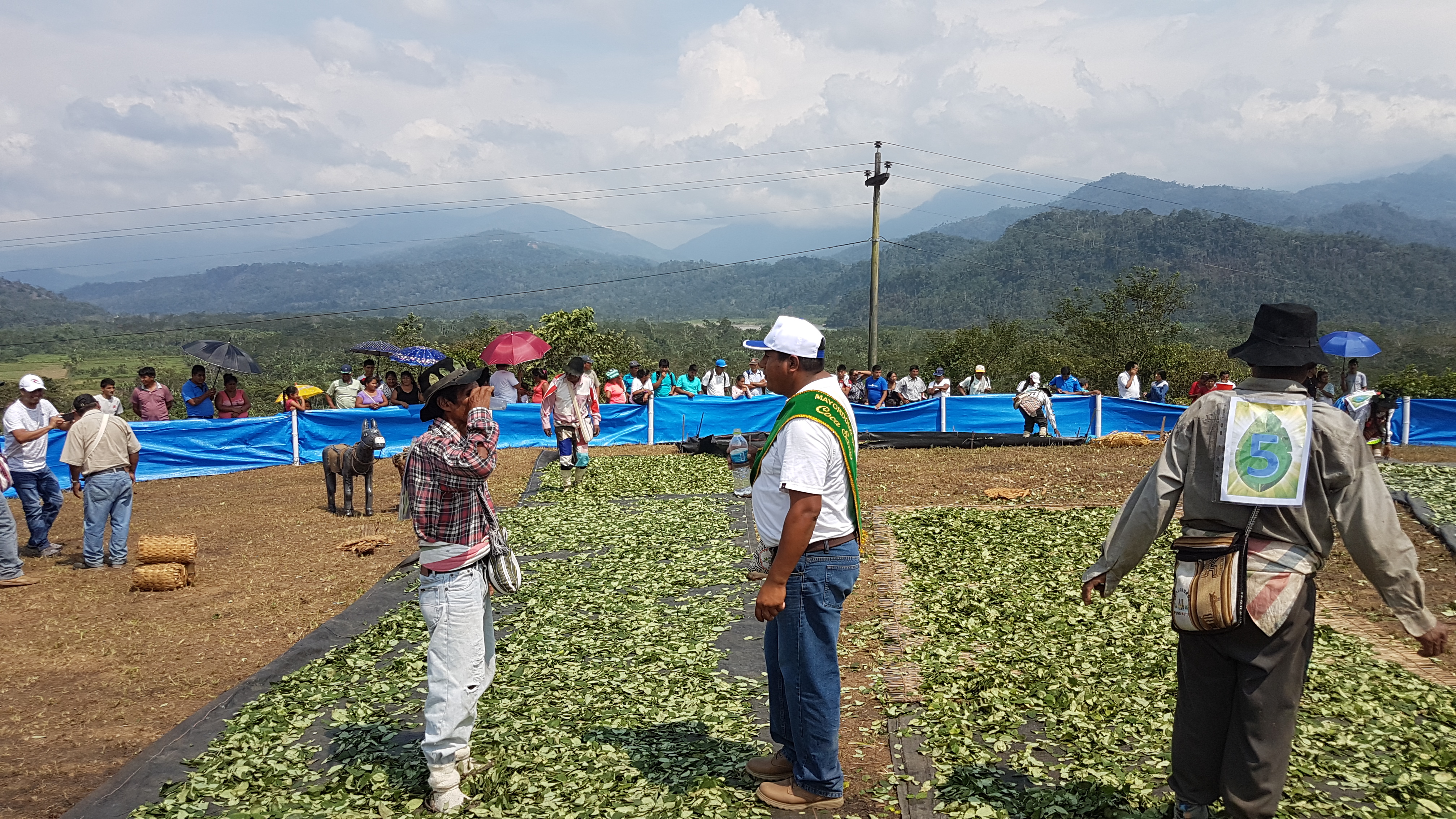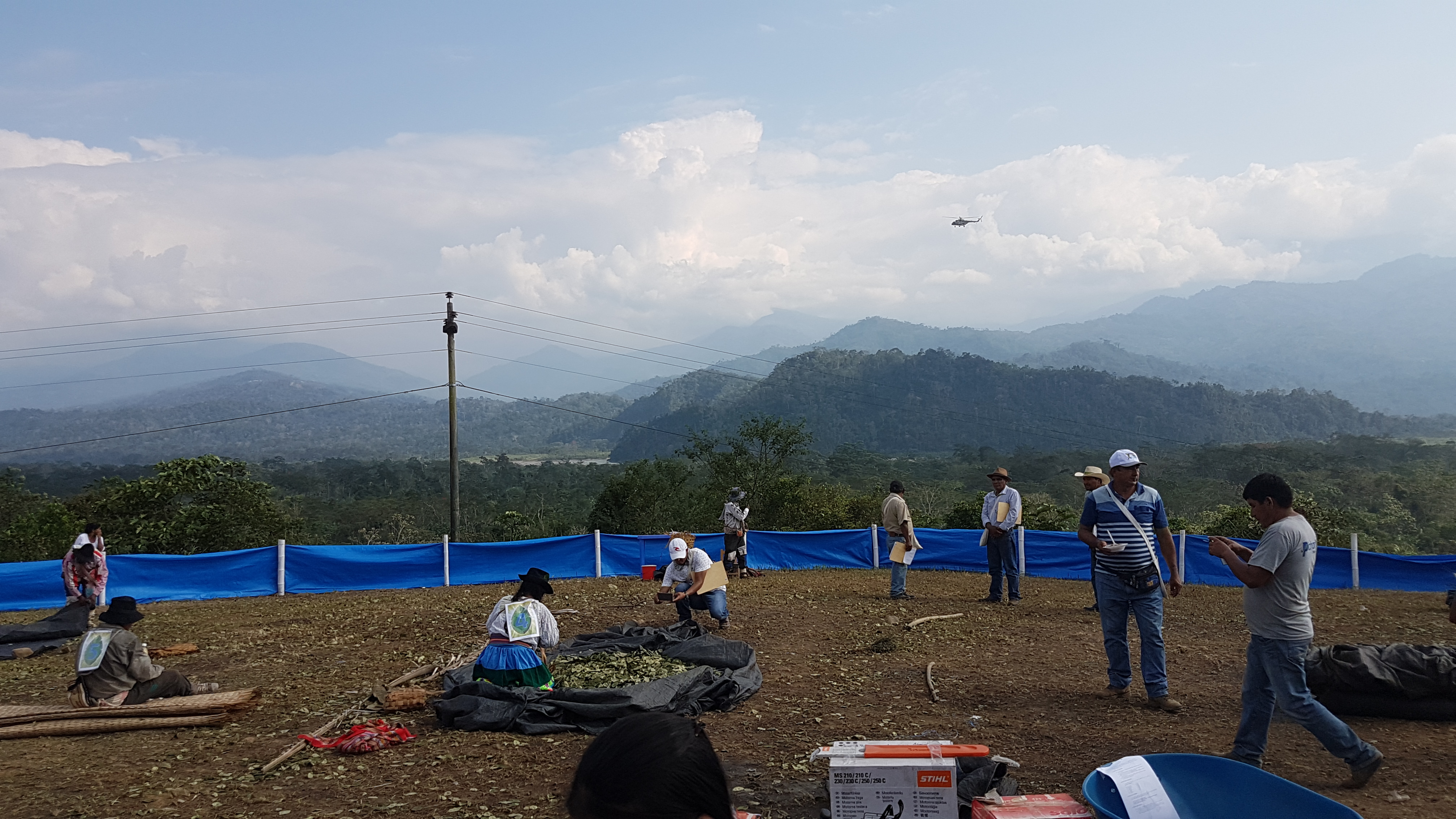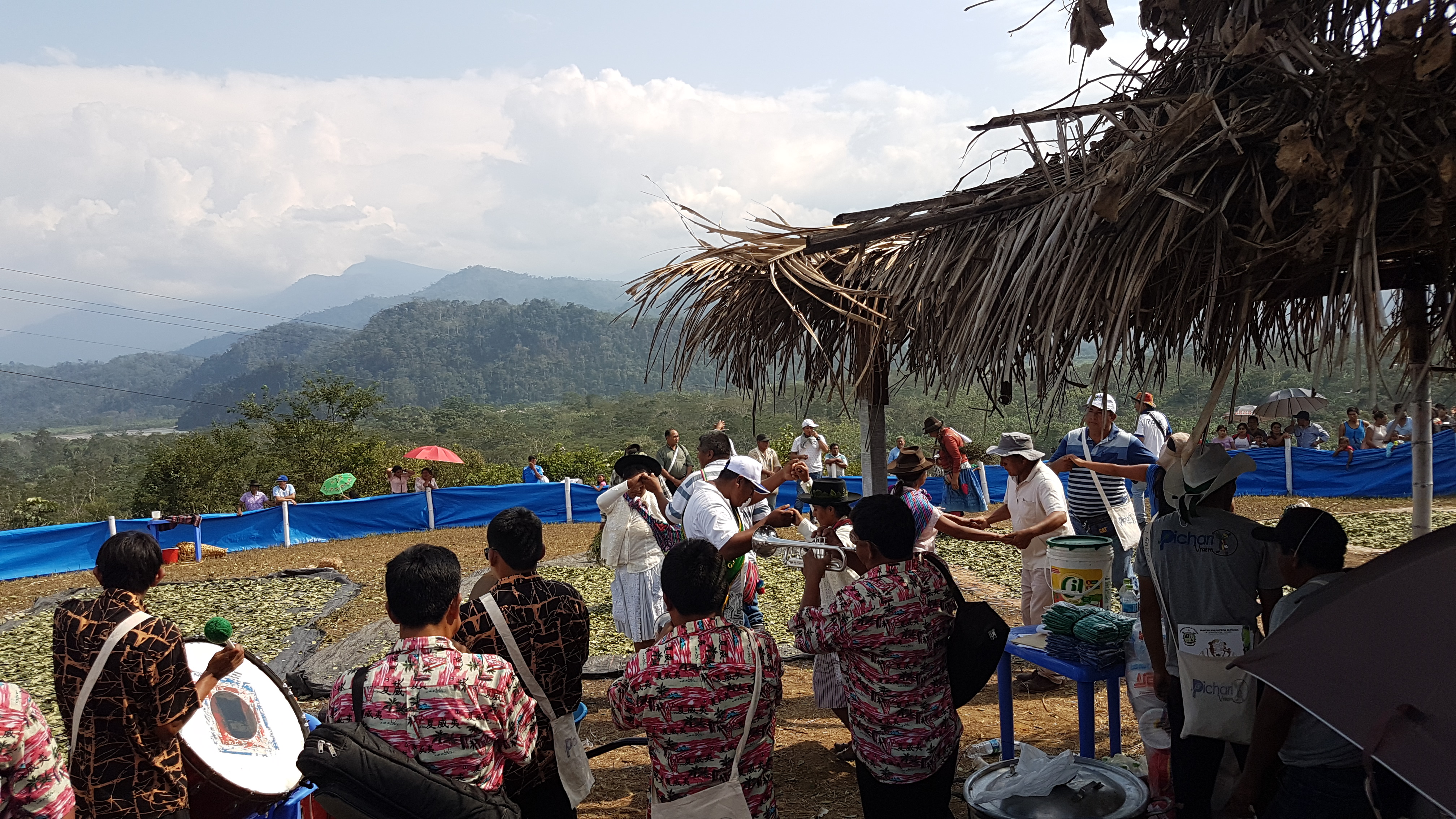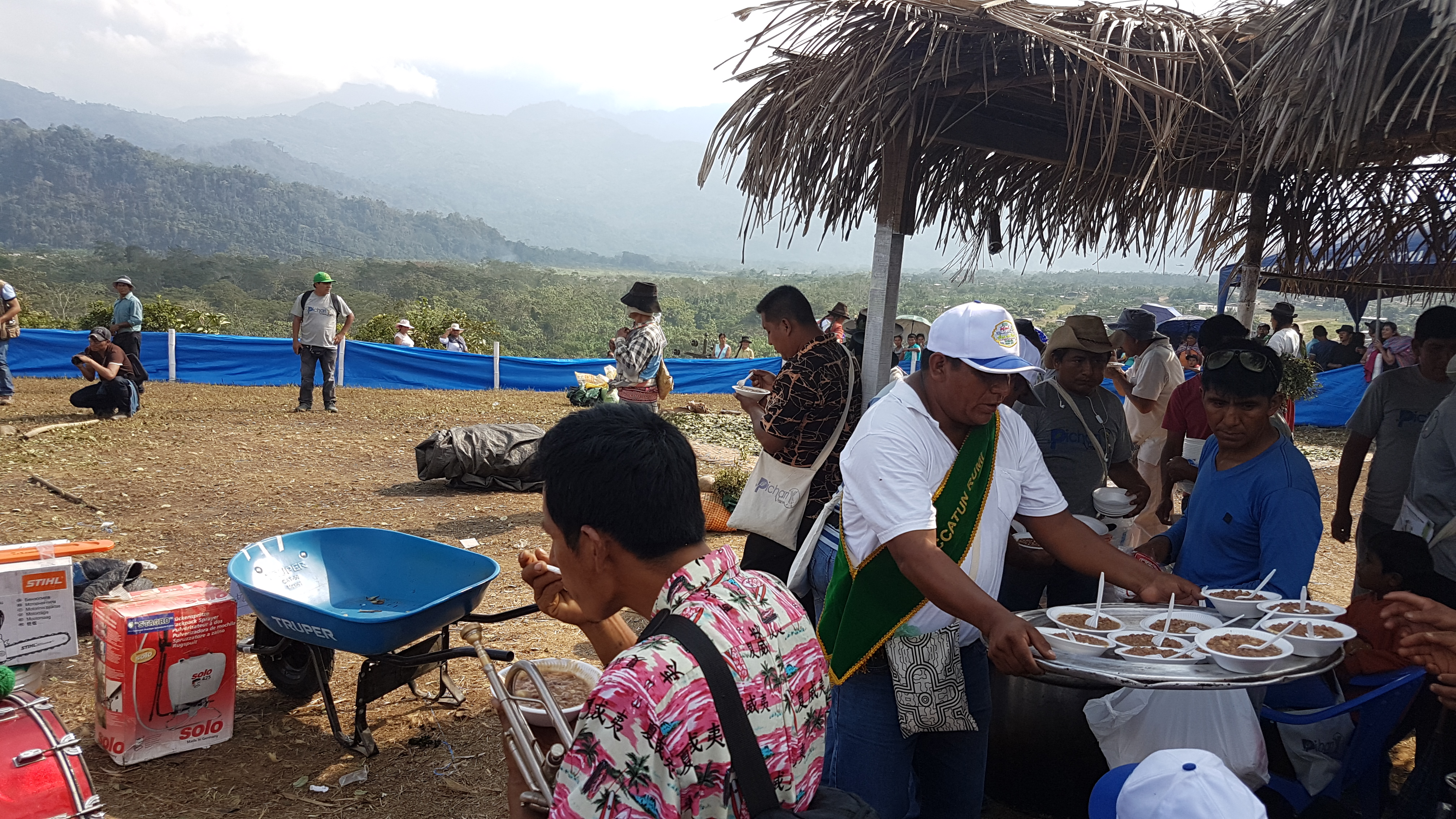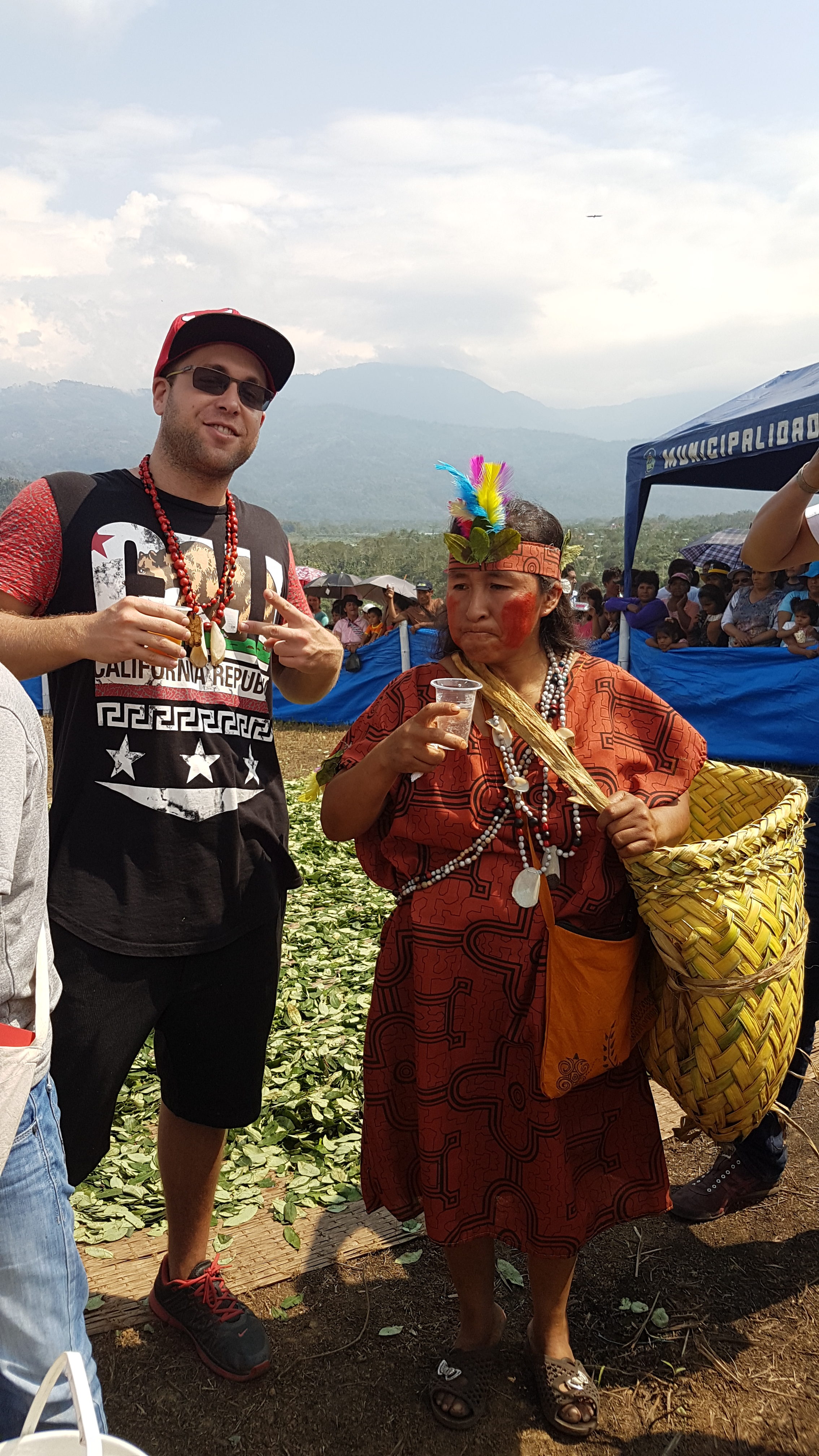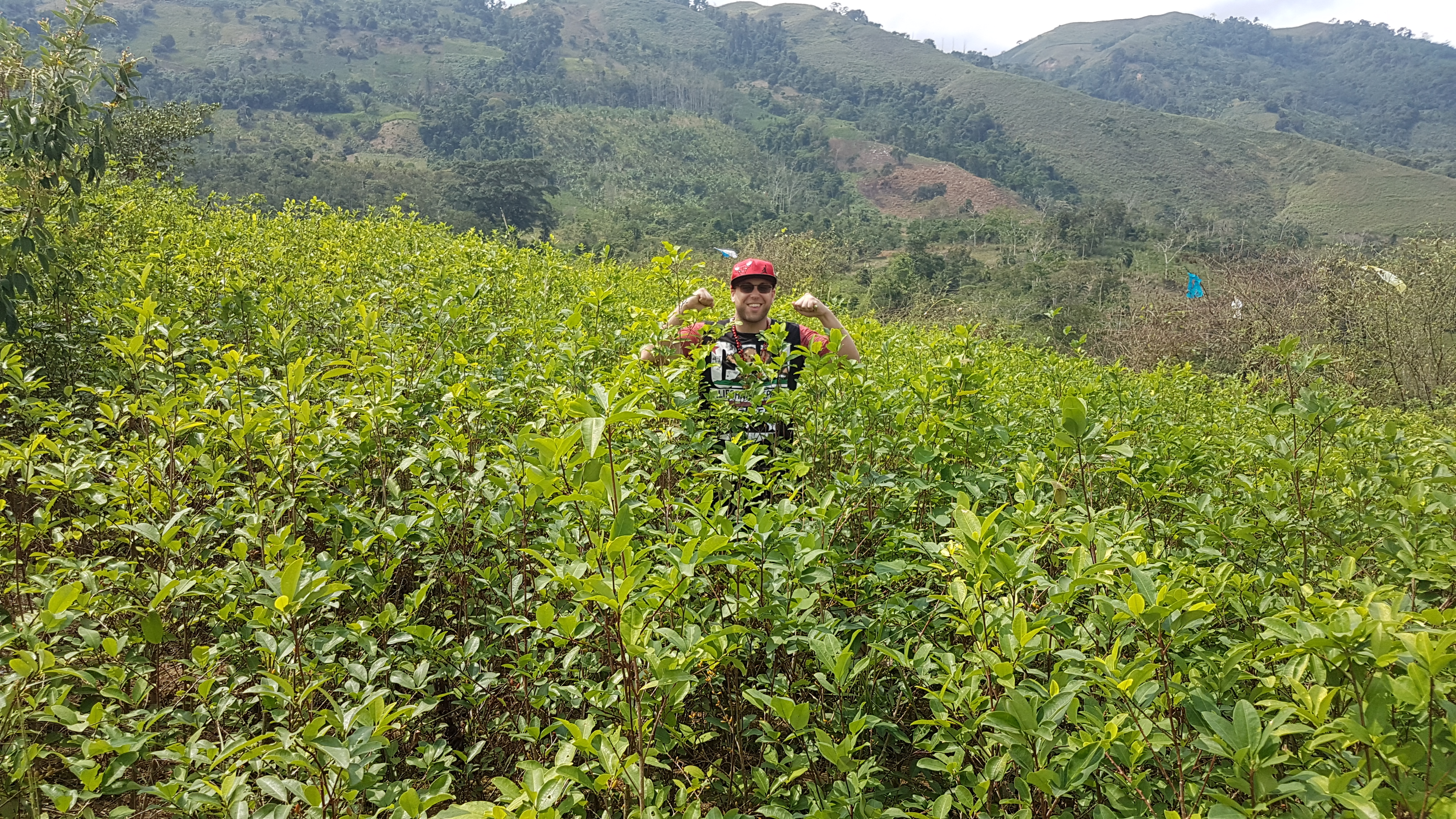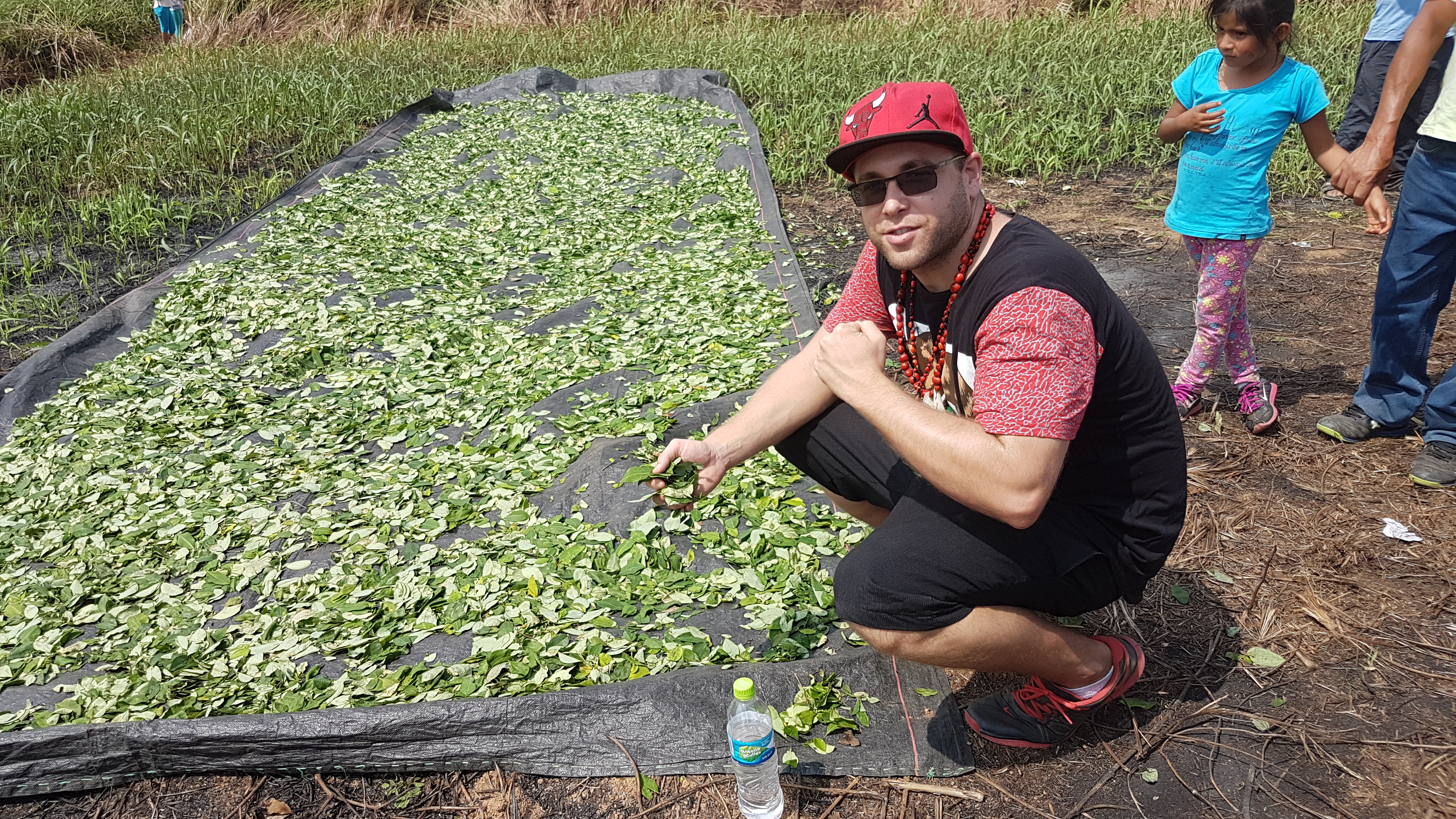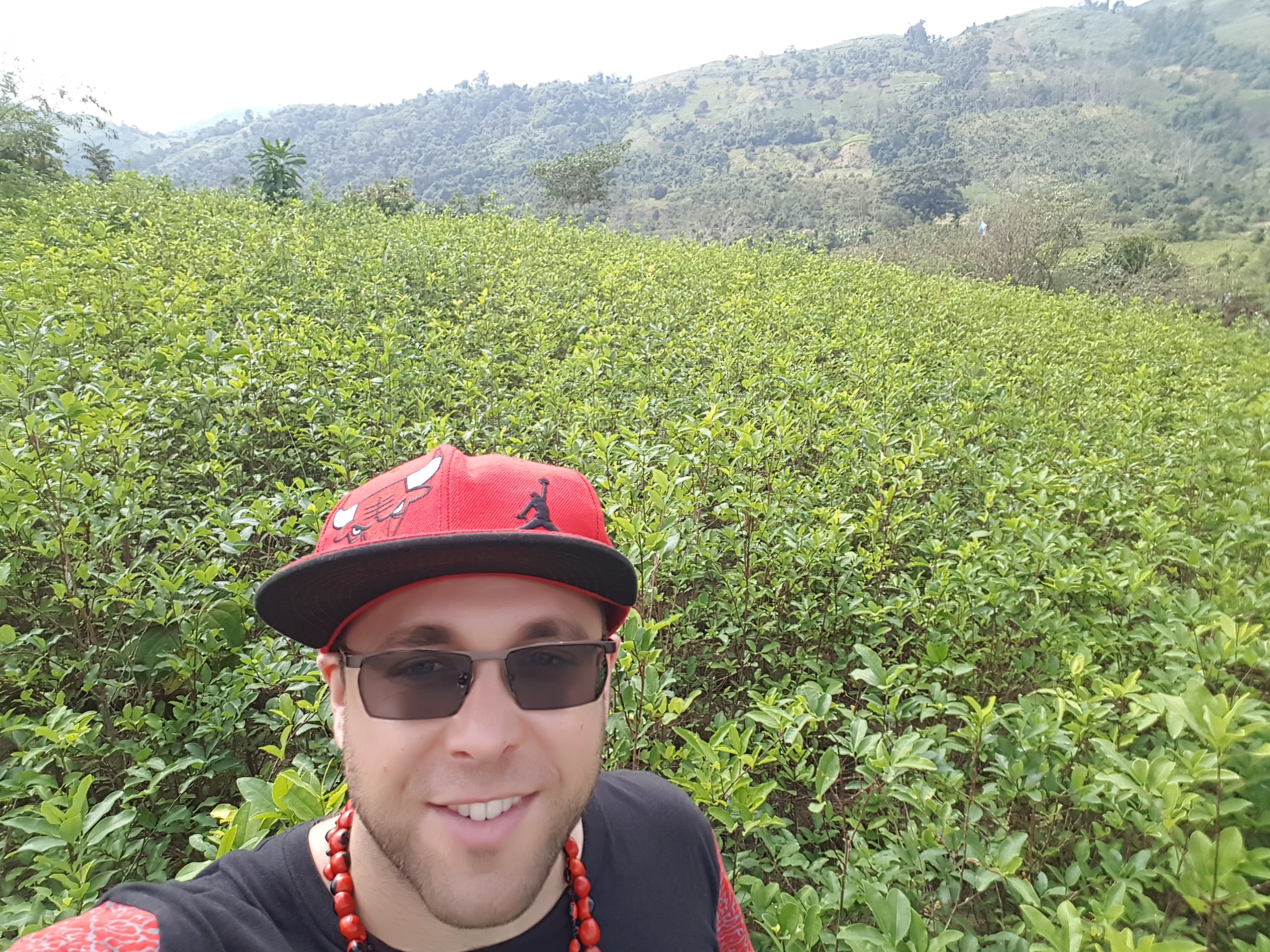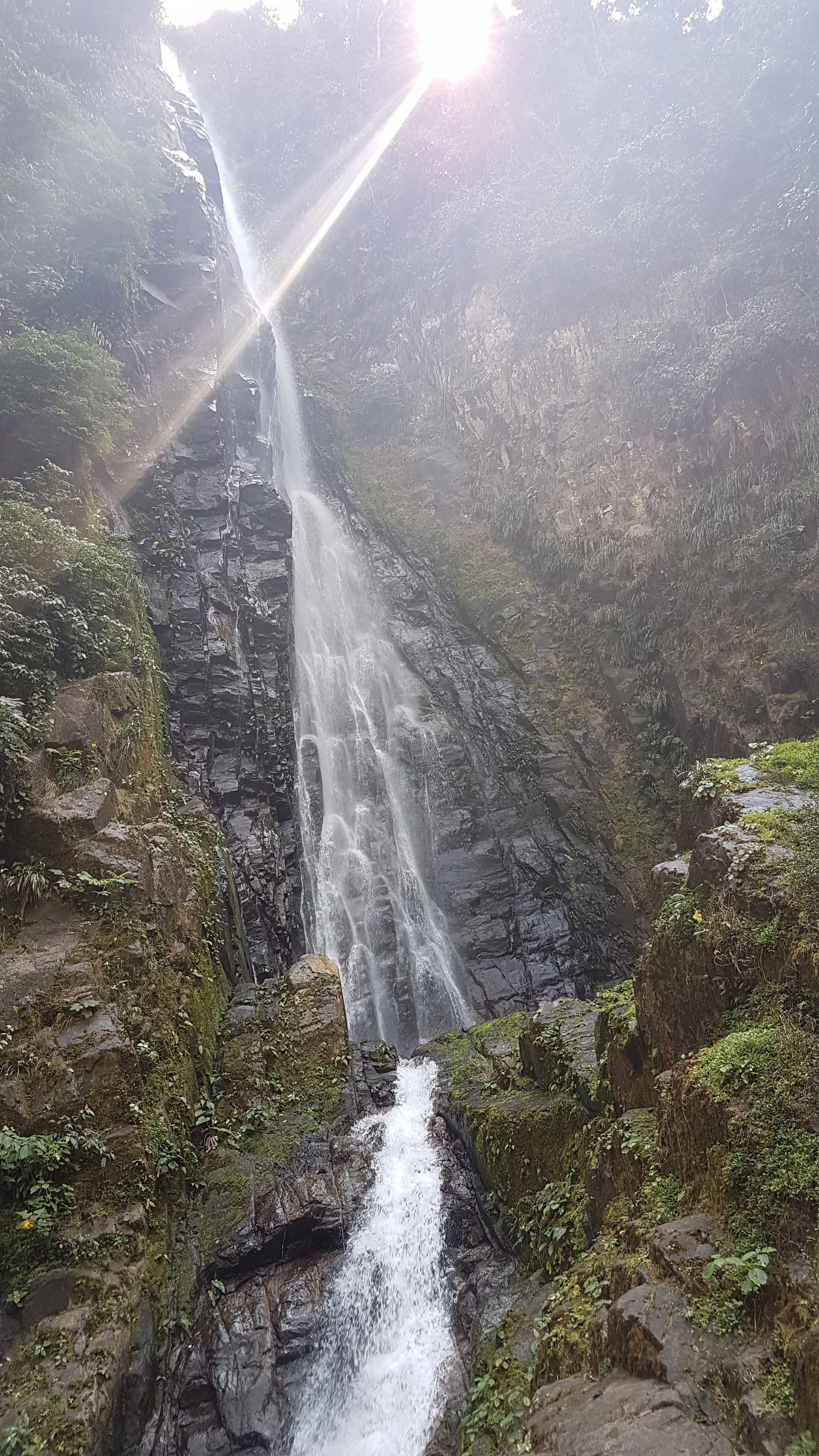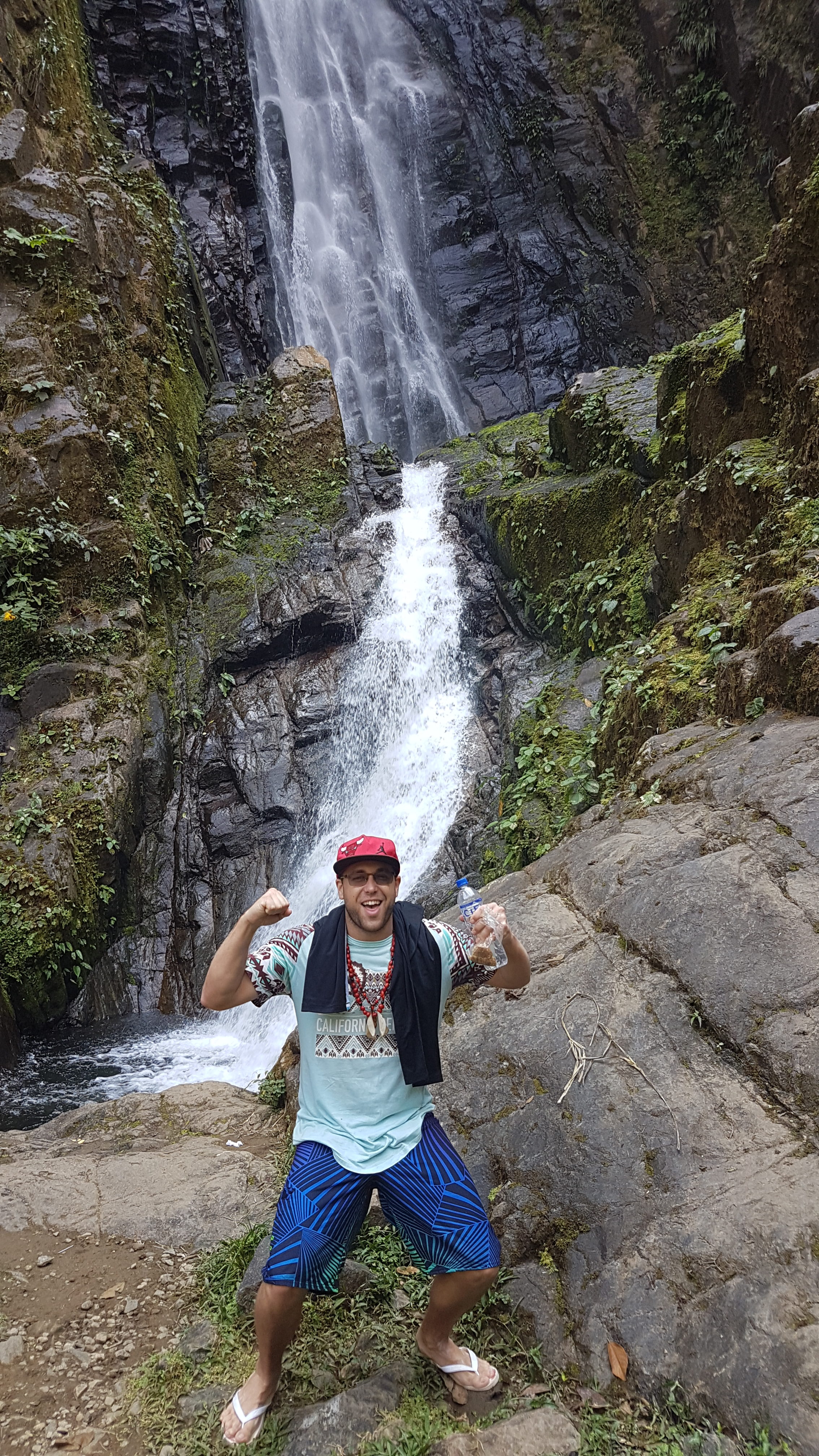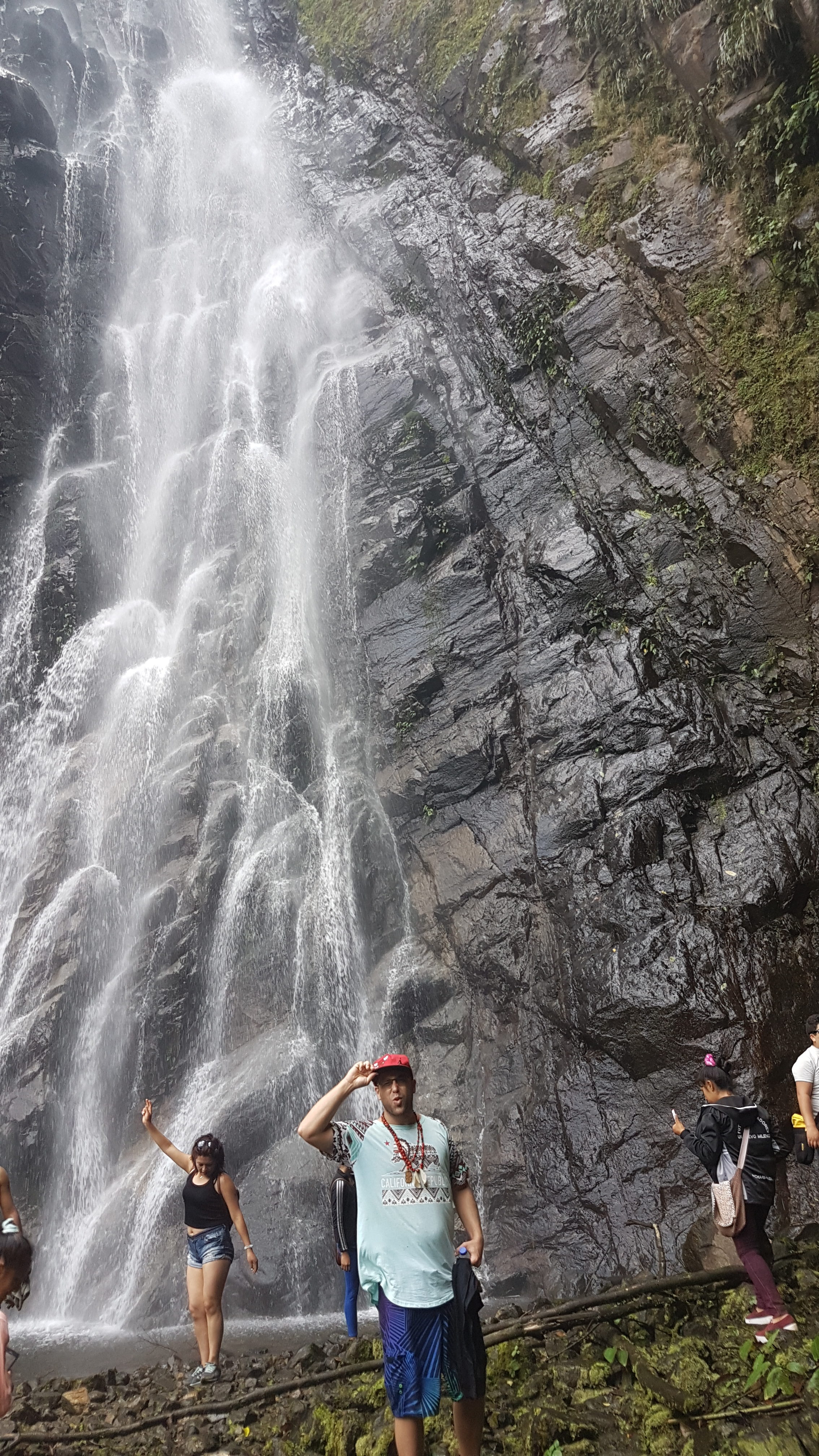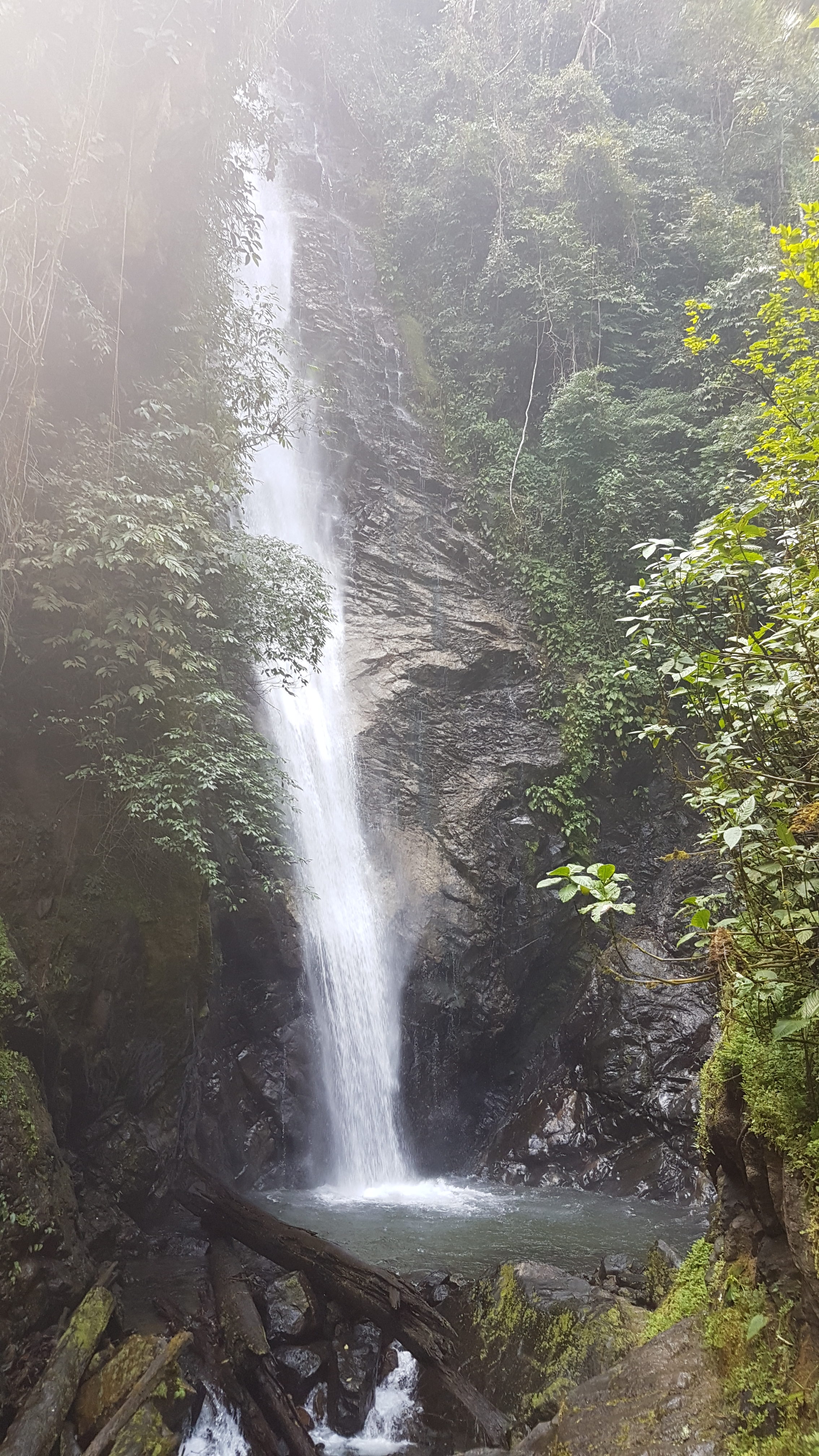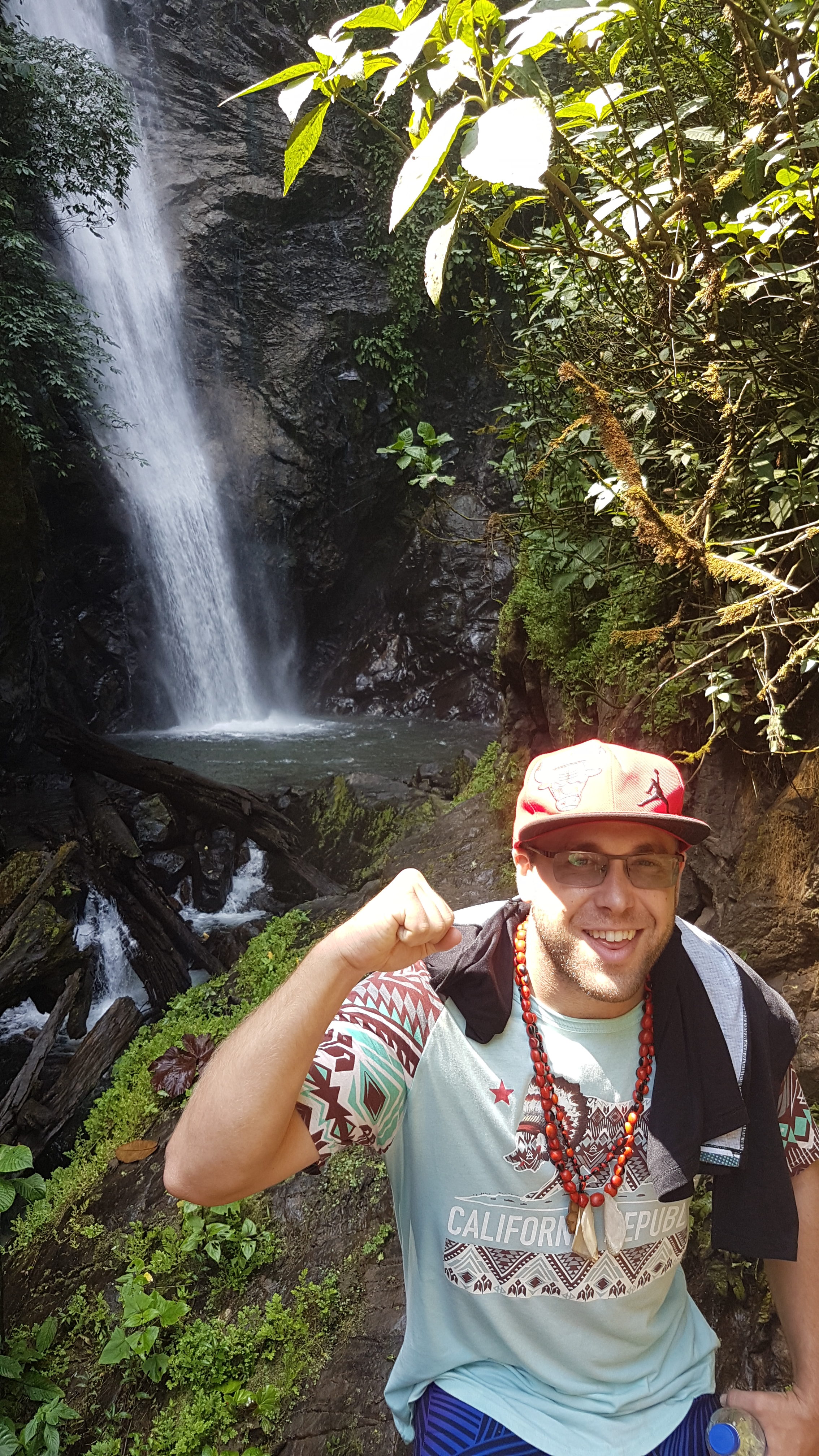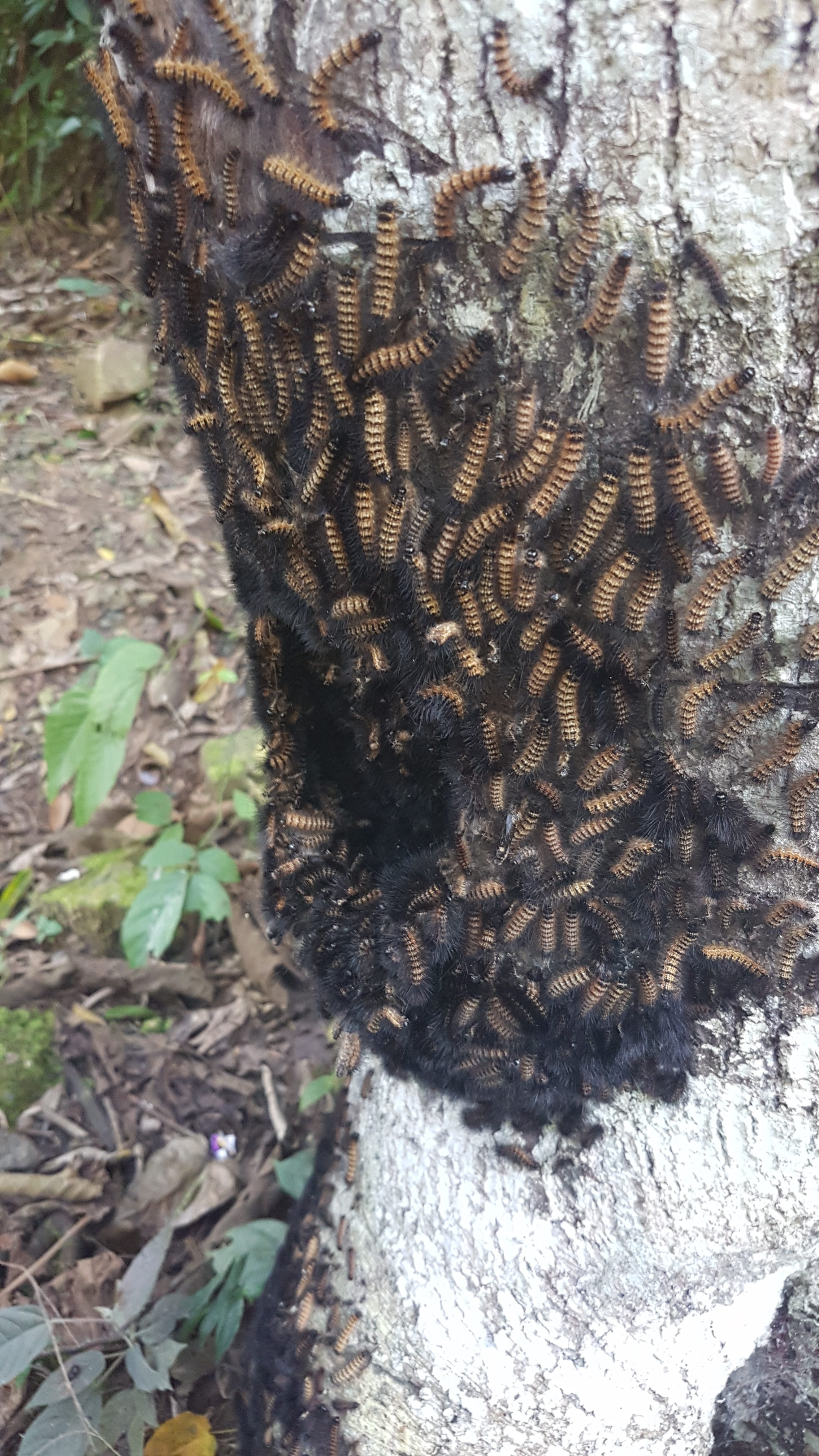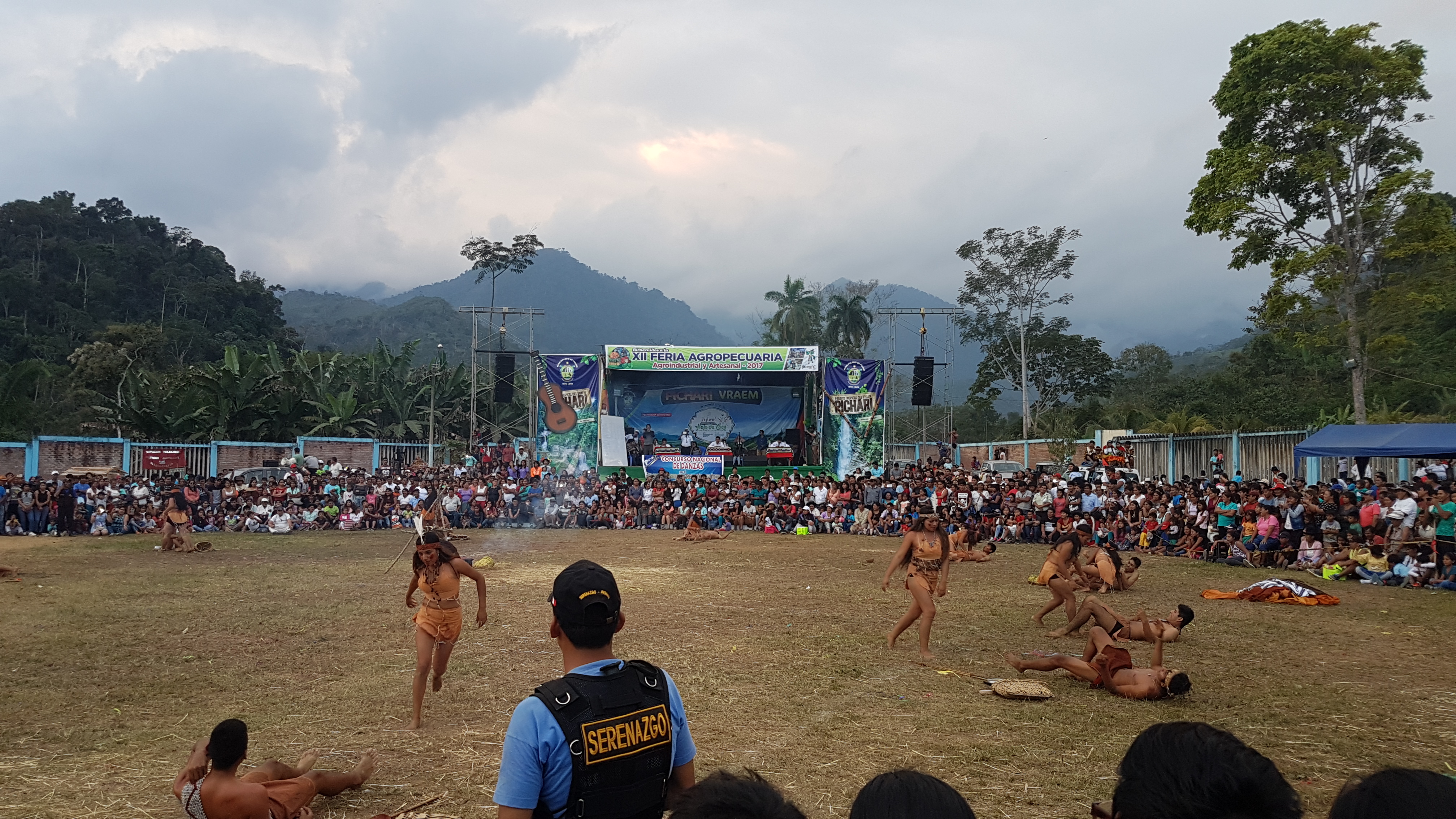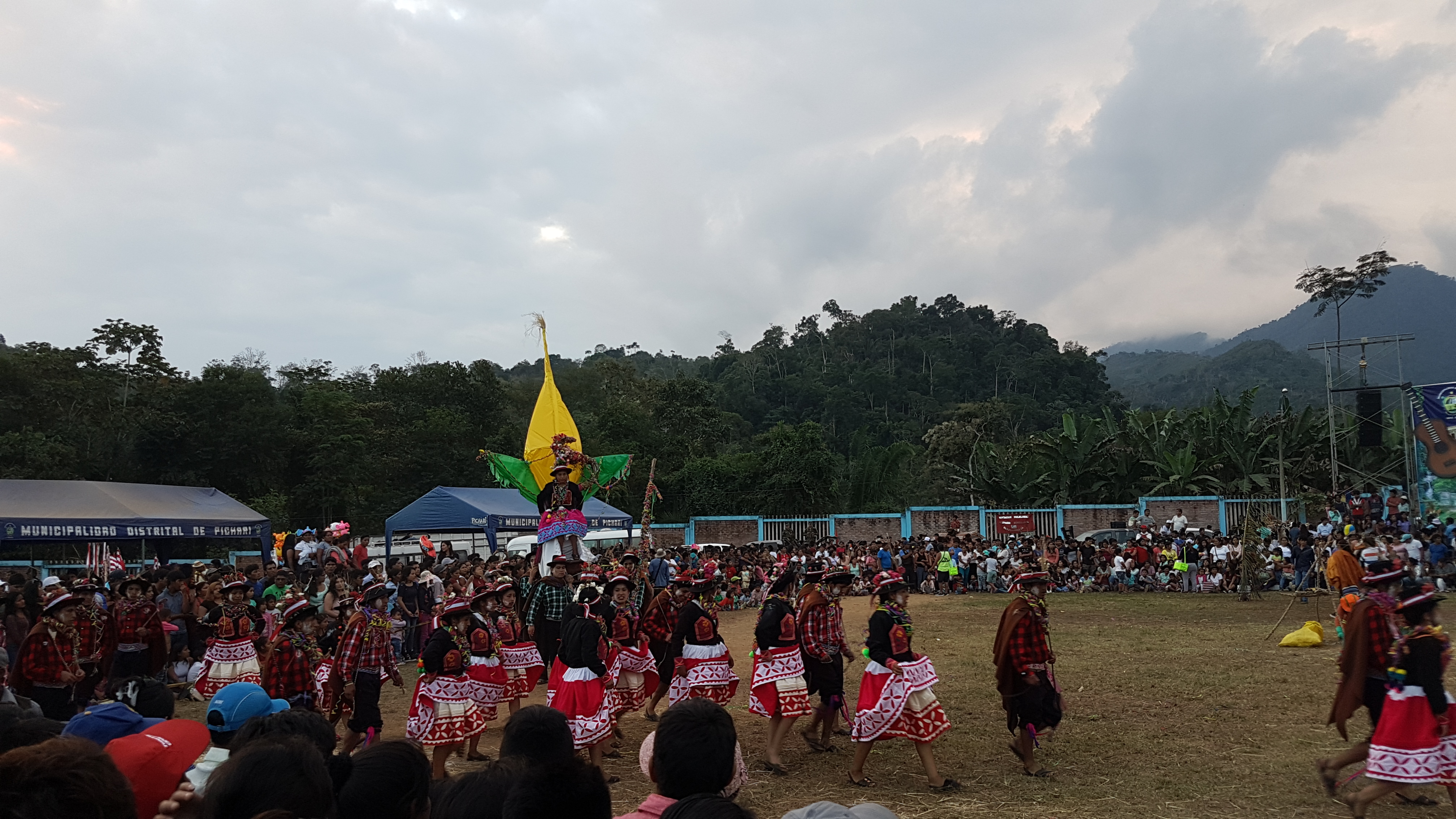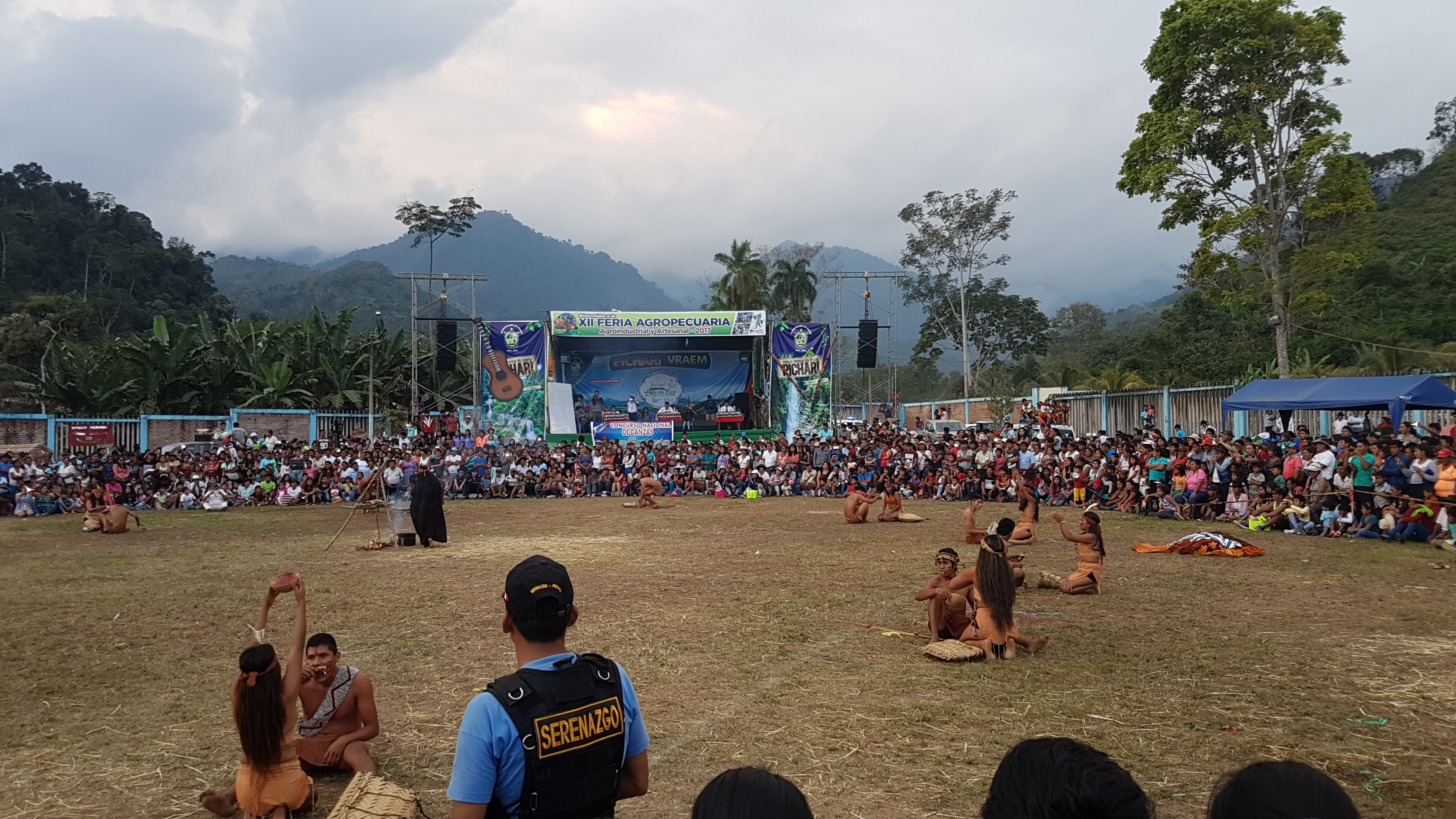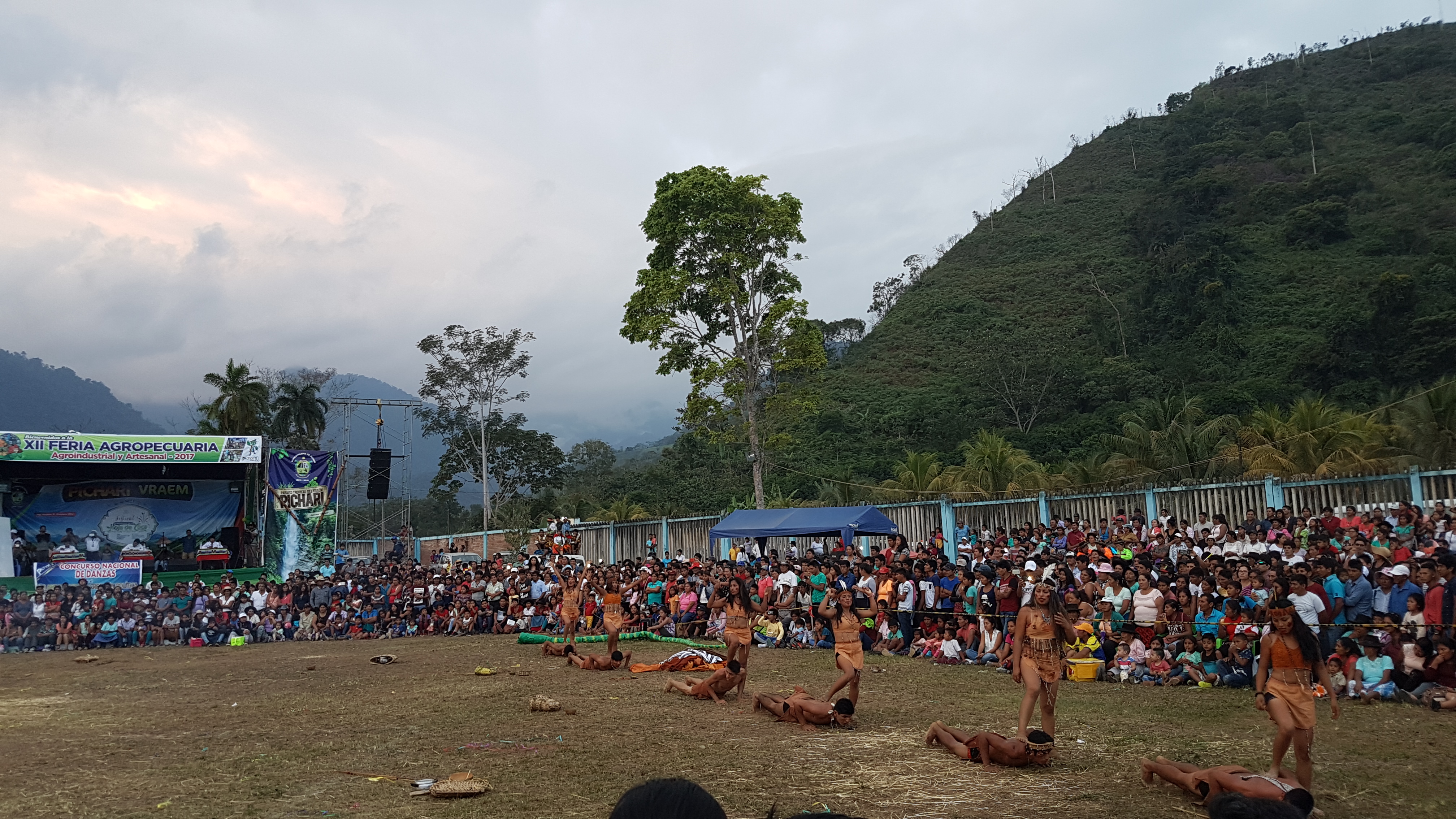The International Coca Leaf Festival provides a rare glimpse into a forbidden world. Located in Pichari, the capital of VRAEM, this elaborate series of festivities celebrate the hoja de coca. From the Coca Raymi reenactments to the music dedicated to the sacred leaf, growing coca is the foundation of this area’s culture. This isn’t just a way to make a quick buck, coca leaves are an essential part of many communities’ identity. These areas are so remote that coca leaves are the only product that can survive the arduous journey to the closest cities. This preservation makes coca leaves the financial salvation that many communities never had.
Despite being demonized in recent decades, coca leaves continue to be harvested in staggering amounts throughout Peru, Colombia, and Bolivia. Boasting an immense 146,000 hectares of coca, Colombia is the main producer in the world. They are followed by Peru, which has over 43,000 hectares of coca planted throughout 13 of its 24 departments. This translates to an impressive 105,960 tons of Peruvian hoja de coca. Out of this grand total, over half is produced in the valley of VRAEM.
While it’s unavoidable that most coca leaves go towards cocaine production, there’s more to this leaf than white powder. Boasting 14 alkaloids and minerals, coca leaves are a surprisingly nutritious superfood. Subject to thousands of years of native worship and a hundred years of Western demonization, this plant is caught in the crossfire of the war on drugs. While the plant by itself is innocent, it can’t escape the ramifications of human greed.
Pichari is the ideal place to host the International Coca Leaf Festival since it’s ground zero in Peru’s war on drugs. Despite being the most militarized zone in the country, coca production increased 11% during 2016 in VRAEM. This defiance showcases both the local love for coca and the lack of options residents in the area face. Every year representatives from coca-growing communities from multiple countries descend upon Pichari to celebrate this revered plant.
Whether you agree with the cultivation of coca or not, there’s no denying Peru’s cultural ties to coca. The International Coca Leaf Festival highlights the indigenous love for this sacred plant. While the future of coca production remains shrouded in controversy, it’s here to stay in Peru. Here coca leaves and cultivation are legal, so the celebrations of this ancient harvest can’t be missed. In 2017, we traveled to the infamous valley of VRAEM to attend this interesting event. It was an eye-opening spectacle to witness, so discover the highlights of the International Coca Leaf Festival!
Best Parts of the International Coca Leaf Festival in Pichari
Highlight #1: Coca Production Contests – Hands down the most interesting part of the festival is the competitions surrounding every aspect of coca production. To host the event, the city of Pichari rents out a massive coca field on the edge of the cemetery. Neighboring communities send their best coca workers to compete in this competition for a slew of prizes. Chainsaws, weed eaters, and wheelbarrows are given to the winners of each competition.
The event is broken up into three sections; harvest, leaf drying, and planting. Each competition is held in a different part of the coca field since every section has plants at different levels of maturity. Before each event, a marching band parades across the area of the field in celebration. Some of the dancers carry coca plants while others are dressed in traditional Asháninka clothes.
From there the competition begins with the harvesting of an area of coca that’s ready to be picked. Wearing numbers on their backs, each participant represents their community with pride as they frantically harvest their section of coca leaves. Whoever clears out their area first is the winner, so the contestants pick at breakneck speeds. Ecuadorian folklore music is played on loudspeakers during each competition, which gives the event a surprisingly spiritual overtone. As the crowd of spectators looks on, the contestants’ bags steadily fill up with hojas de coca.
Once the winner finishes, the rest of the contestants continue harvesting to prepare the area for the next competition. These massive sacks of coca leaves are used in the coca leaf drying competition that’s hosted in another area of the field. After the marching bands bless the next area, the coca leaf drying contest begins. Here the contestants have to spread the leaves out over black tarps to dry the leaves in the intense jungle sun. This is a surprisingly tedious process, since the leaves constantly have to be flipped over to avoid burning and turning brown.
As the Ecuadorian folk music plays, the contestants slowly go up and down their tarps stirring the leaves with their feet. This solemn process is broken up with some Peruvian comradery. Like with any coca plantation, each area has a patron. It’s his job to keep the workers happy, so he walks around passing out cañaso (sugar cane alcohol) to all the contestants. Harvesting coca is a communal process, since neighbors team up and help their community during each harvest. In many ways, it’s an honor system, since their neighbors will reciprocate the favor when it’s time to harvest their coca crops.
While one area of the field is dedicated to drying the leaves, the other is hosting the coca planting competition. This includes members of neighboring Asháninka communities who dig their trenches furiously in an attempt to win the competition. Once the trenches are dug, the contestants grab small coca plants and plant them in rows. The first one to finish planting his row is the winner, which is greeted with fanfare from all the spectators.
Once all of the contests are finished, the party begins. As marching bands play at full blast, the patron of the field rented by the city hands out the awards. From there a bucket of masato (yucca alcohol) is brought out and everyone gets a glass. Still dancing to the music, everyone winds across the coca field in a line to celebrate the harvest. This includes the mayor of Pichari, who happily drinks his masato and amps up the crowd. As the marching band leads the way, everyone laughs and dances across the field. From there food is passed out and everyone eats as the marching band continues to play.
Out of all the ceremonies I have experienced in Peru, none were more captivating than the coca competitions. This impressive display of community and unity showcases how deep people’s connection to coca leaf production is. While most people think coca leaves are grown by terrorists in ski masks, this plant is harvested by humble communities. During the entire event military helicopters were flying over us, but there was nothing they could do because coca leaves are legal in Peru. This bizarre combination of culture and military patrols highlights the conundrum that Peru faces as it’s caught in the middle of the war on drugs.
Highlight #2: Visiting Waterfalls – Even though Pichari is known for coca, its ecotourism destinations are on another level. On top of boasting never-ending fields of coca, VRAEM is home to some epic displays of nature. From waterfalls to hot springs, this area is filled with pristine jungle beauty. In the district of Pichari alone, there are 48 ecotourism sites to visit. This includes 27 waterfalls, 6 archeological sites, hot springs, and native Asháninka tribes who still wear traditional clothes. These natives grow coca and make masato by pounding yuca into a paste and letting it ferment.
This interesting combination of open coca production and Amazonian natives can’t be seen anywhere else in Peru. Pichari provides a glimpse into another world, which makes it a pleasure to visit. For an area surrounded by unabated drug trafficking, it couldn’t look more picturesque.
Out of the vast ecotourism destinations, the most popular is the series of 5 waterfalls. Located in the community of Cataratas just outside Pichari, this waterfall marathon is absolutely breathtaking. To reach the last waterfall visitors have to hike for two hours, so it’s recommended to buy food at the entrance. The first waterfall is named Angel, which measures an impressive 100 meters. The second waterfall is Angela and boasts the same dimensions as the first. While the third waterfall Salto de Gallito is relatively short, it’s still a beautiful surprise on the way to the bigger falls.
After hiking for over an hour, visitors get to see the grand finales of the trip. While the fourth waterfall Velo de la Novia is absolutely huge, it pales in comparison with the final attraction. Clocking in at an impressive 180 meters, the last waterfall Rey del VRAE is a spectacle to behold. This beast of a waterfall is featured in multiple calendars with the top Picharina beauty contestants. When witnessing this impressive feat of nature, it’s impossible not to be awestruck. Despite being marred in controversy, Pichari is easily one of the most beautiful parts of Peru.
Highlight #3: Motocross and Rally Races – To spice up the festivities, multiple extreme sports competitions are hosted in Pichari. The first one was an epic motocross event that was hosted by one of the funniest announcers that I have ever heard. Instead of simply telling the crowd about the race, this announcer screamed out every detail with unmatched enthusiasm. It appeared that he was the biggest fan of the event, and he didn’t fail to make everyone laugh with his antics. For over an hour, he screamed out his support for the dirt bike riders as they launched over huge dirt jumps. “VAMOS GRINGACHO! ASI ES CARAJOOO!” is still echoing through my mind.
The second extreme sports event was a rally race that snaked through the valley of VRAEM. While it was haphazardly roped off, the roads functioned normally during the race. The circuit was pretty long, so there were minutes of normal traffic in between the racers. Whenever the racers approached, city workers would frantically tell everyone to get off the road. This caused people to scream and run off the street at the last minute to avoid getting run over when the racers passed. It was a hilarious spectacle to watch, since it was a miracle no one got killed.
